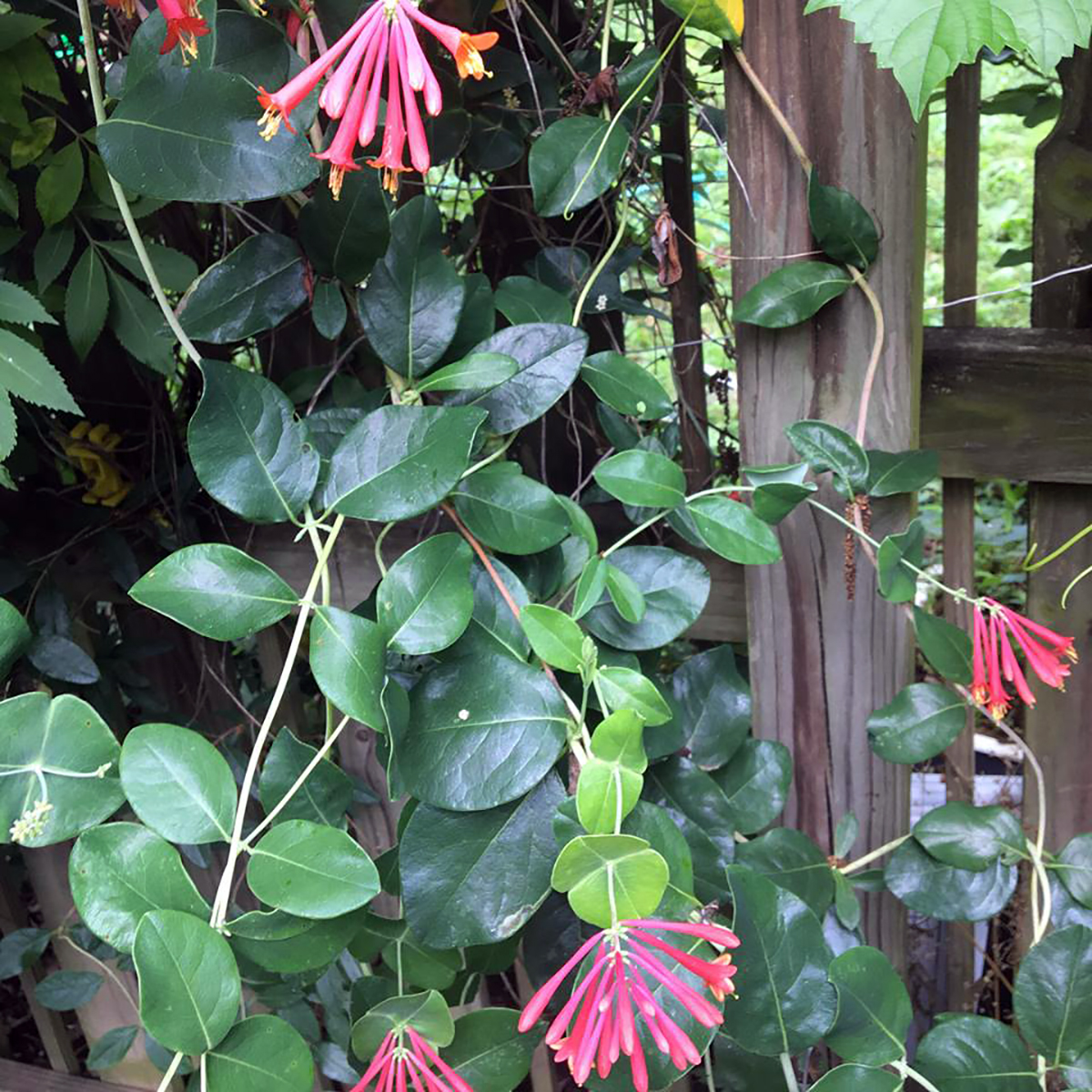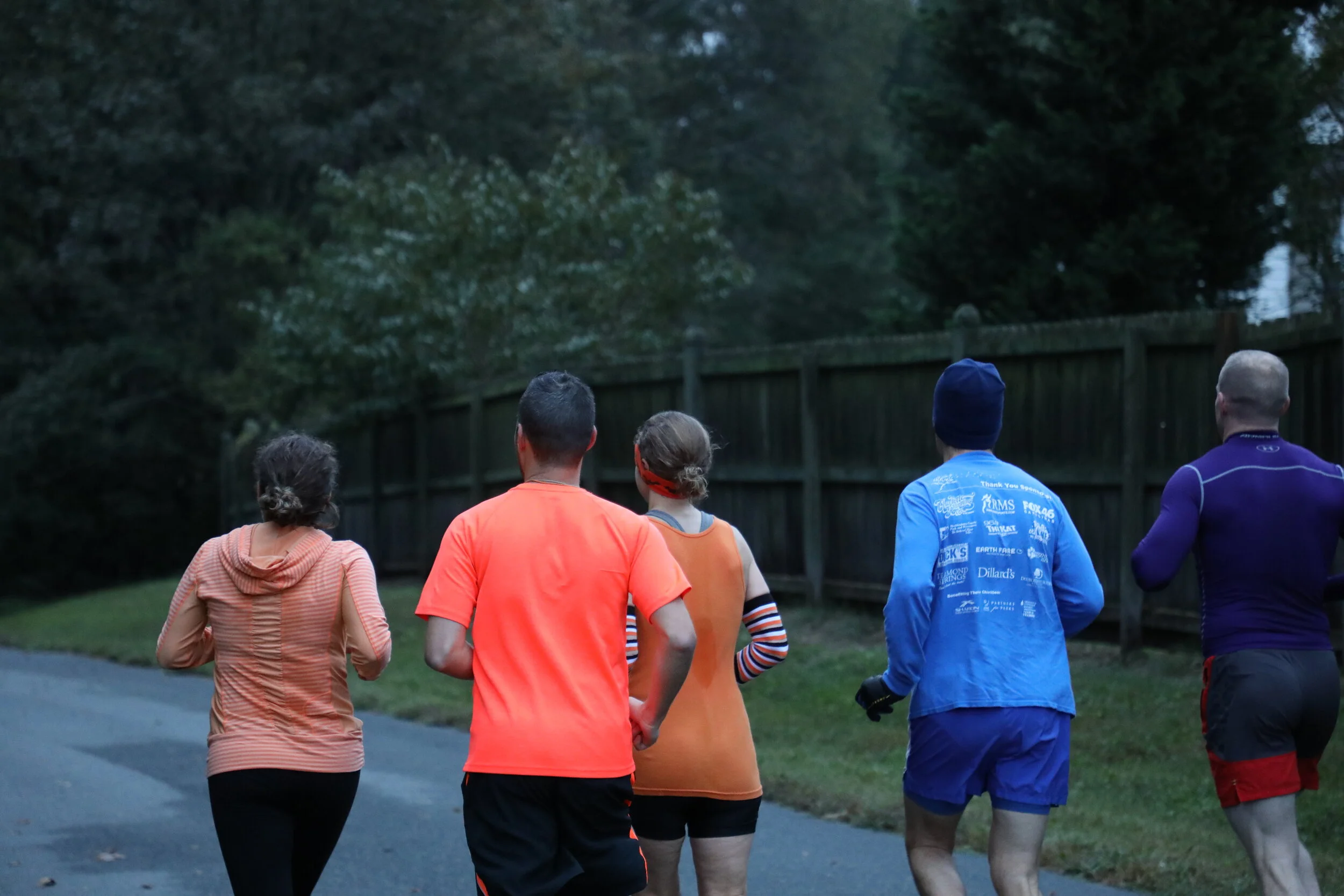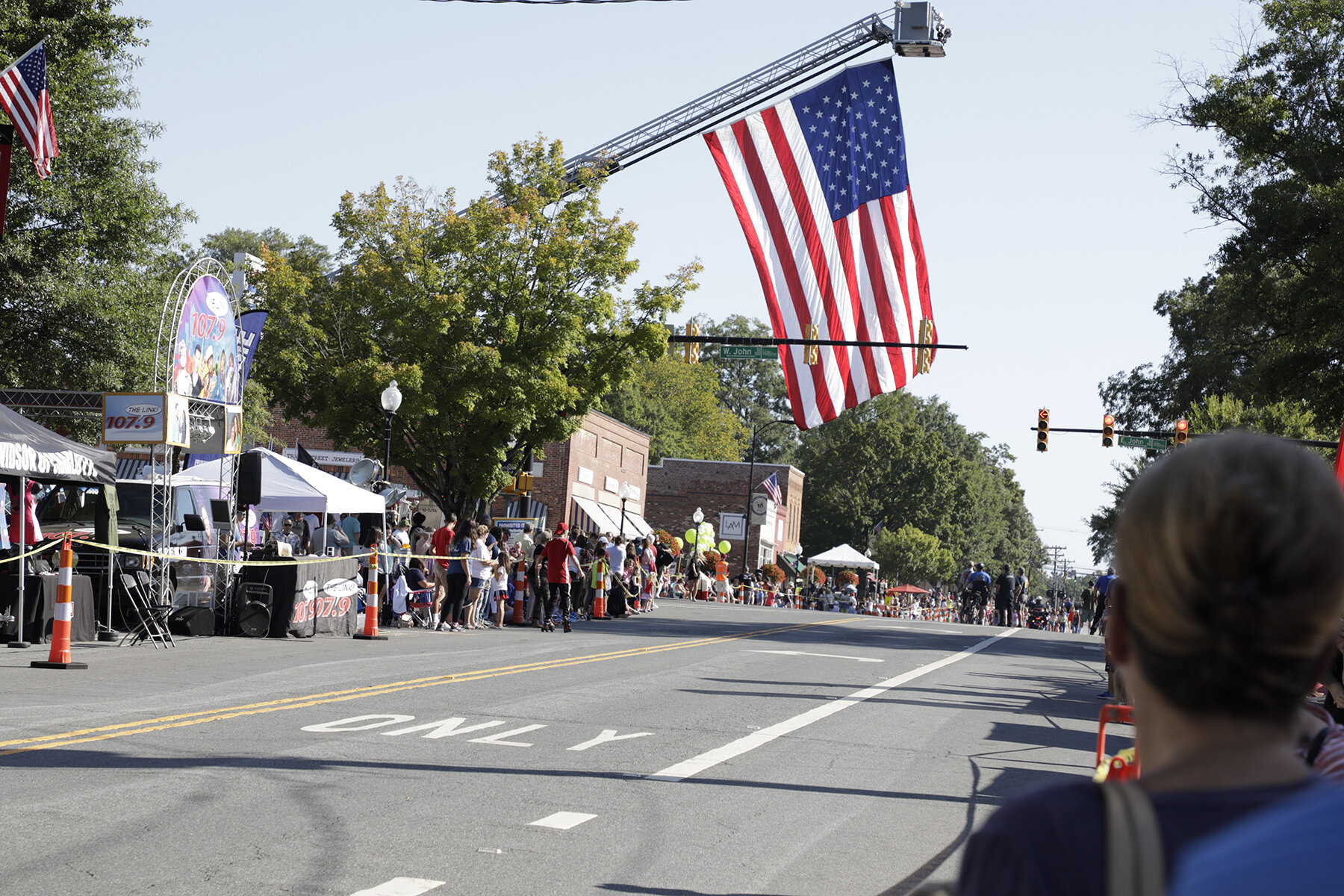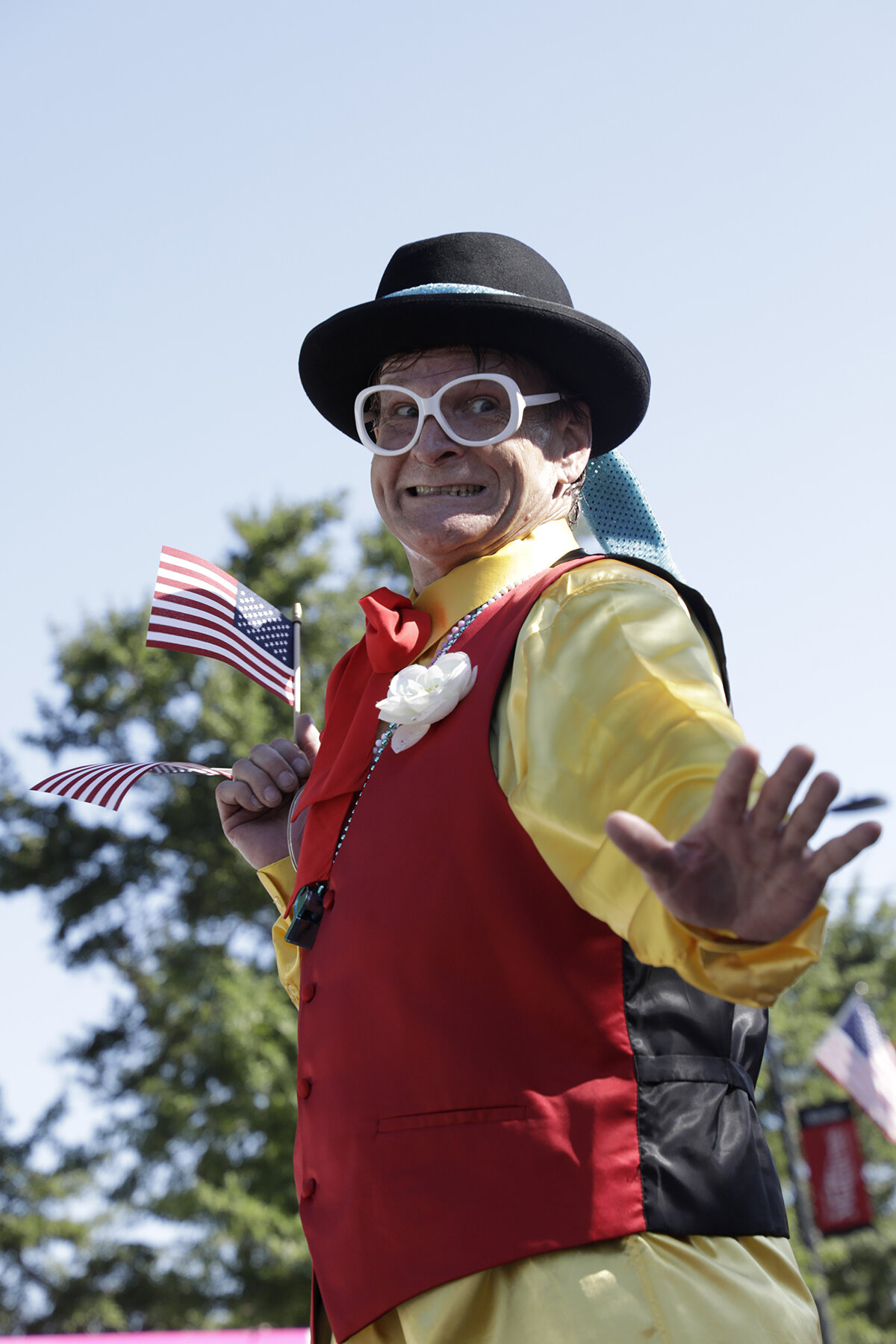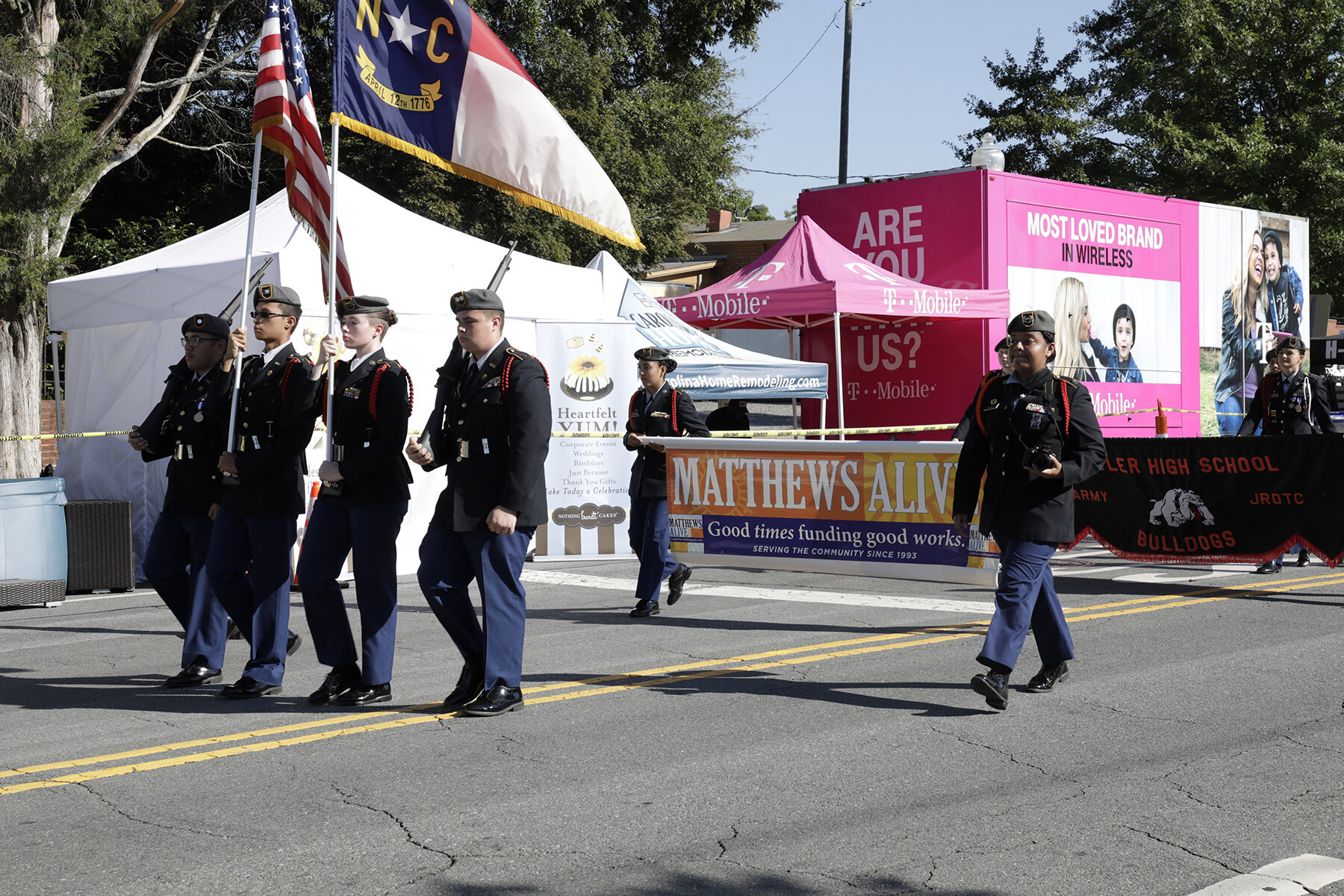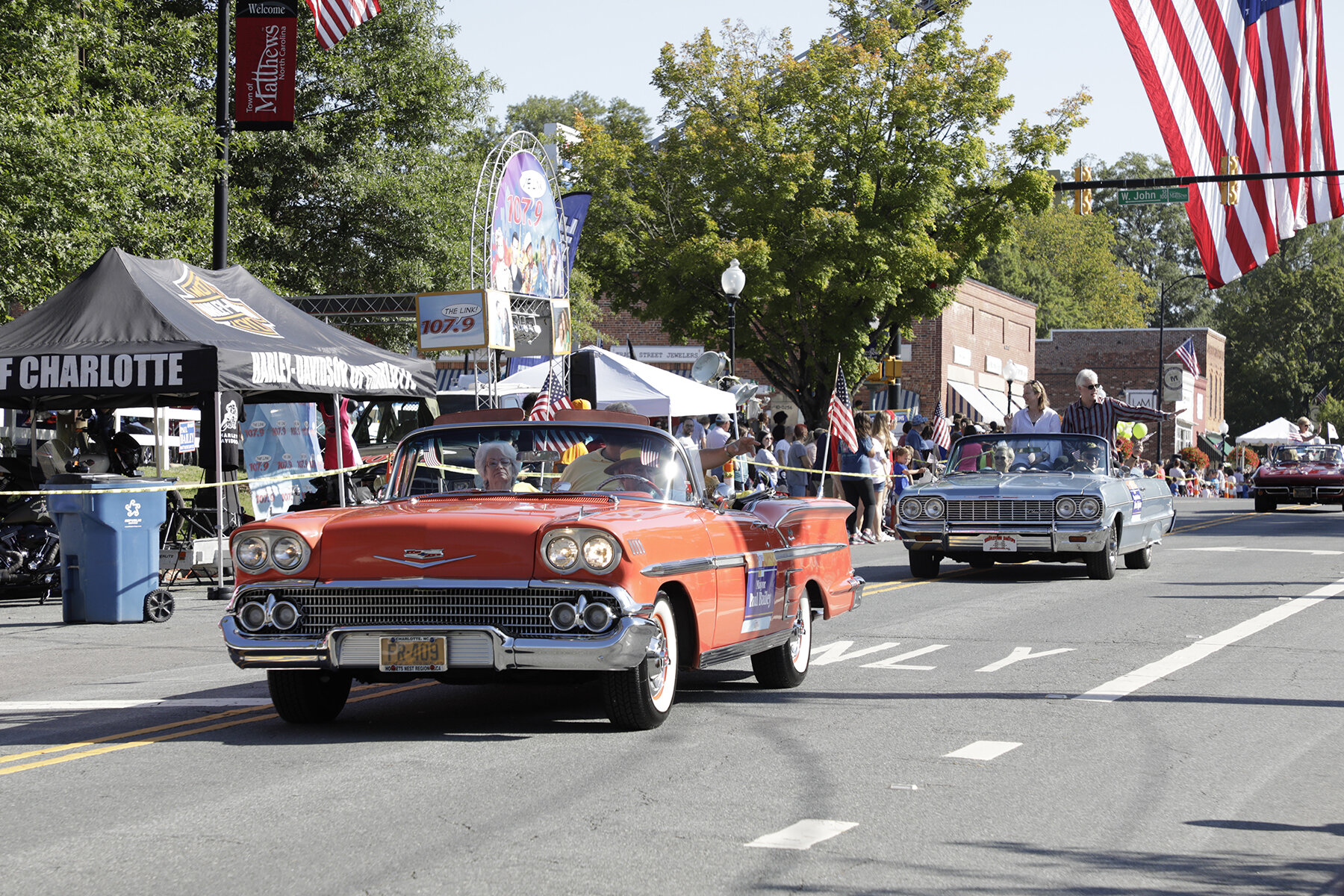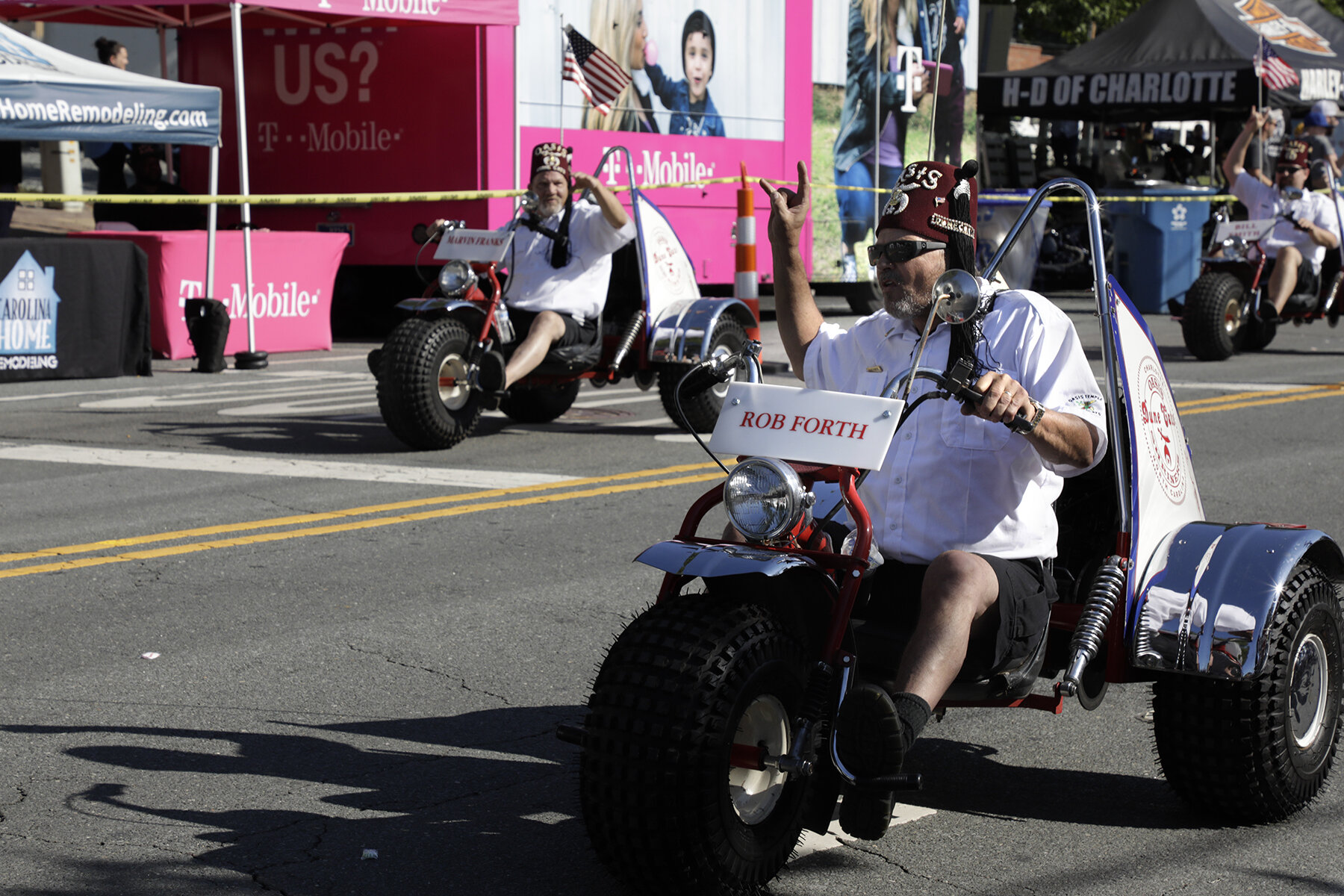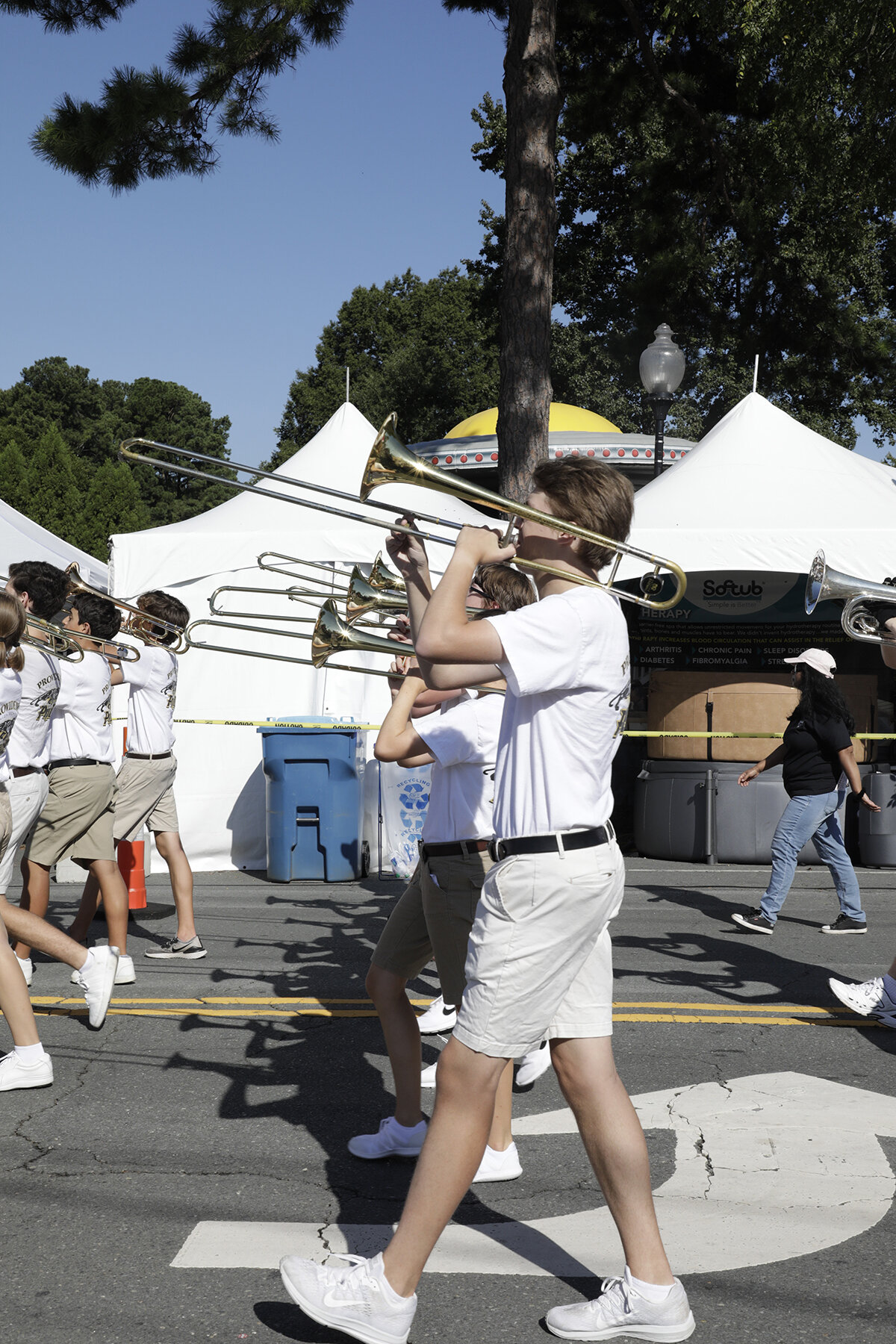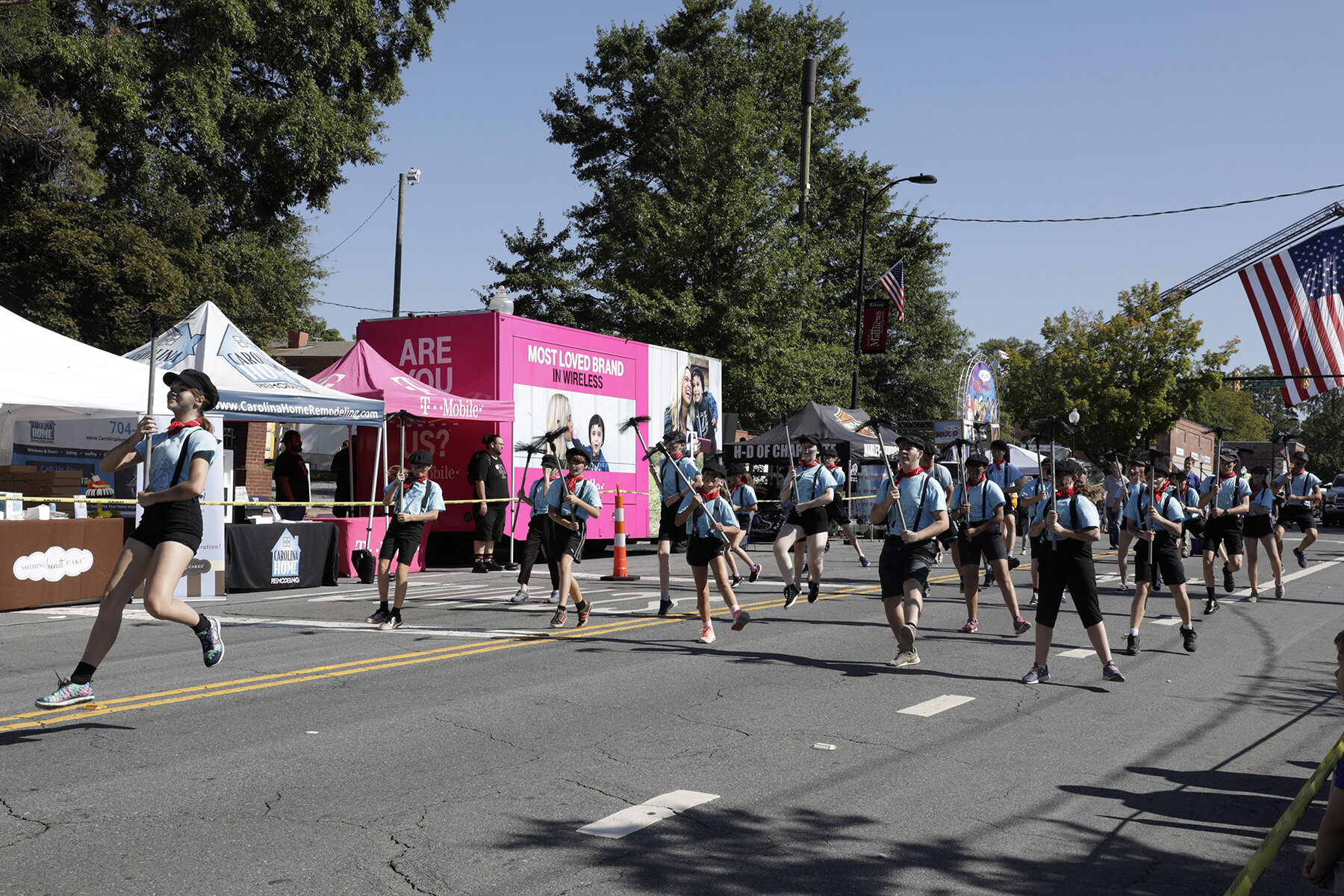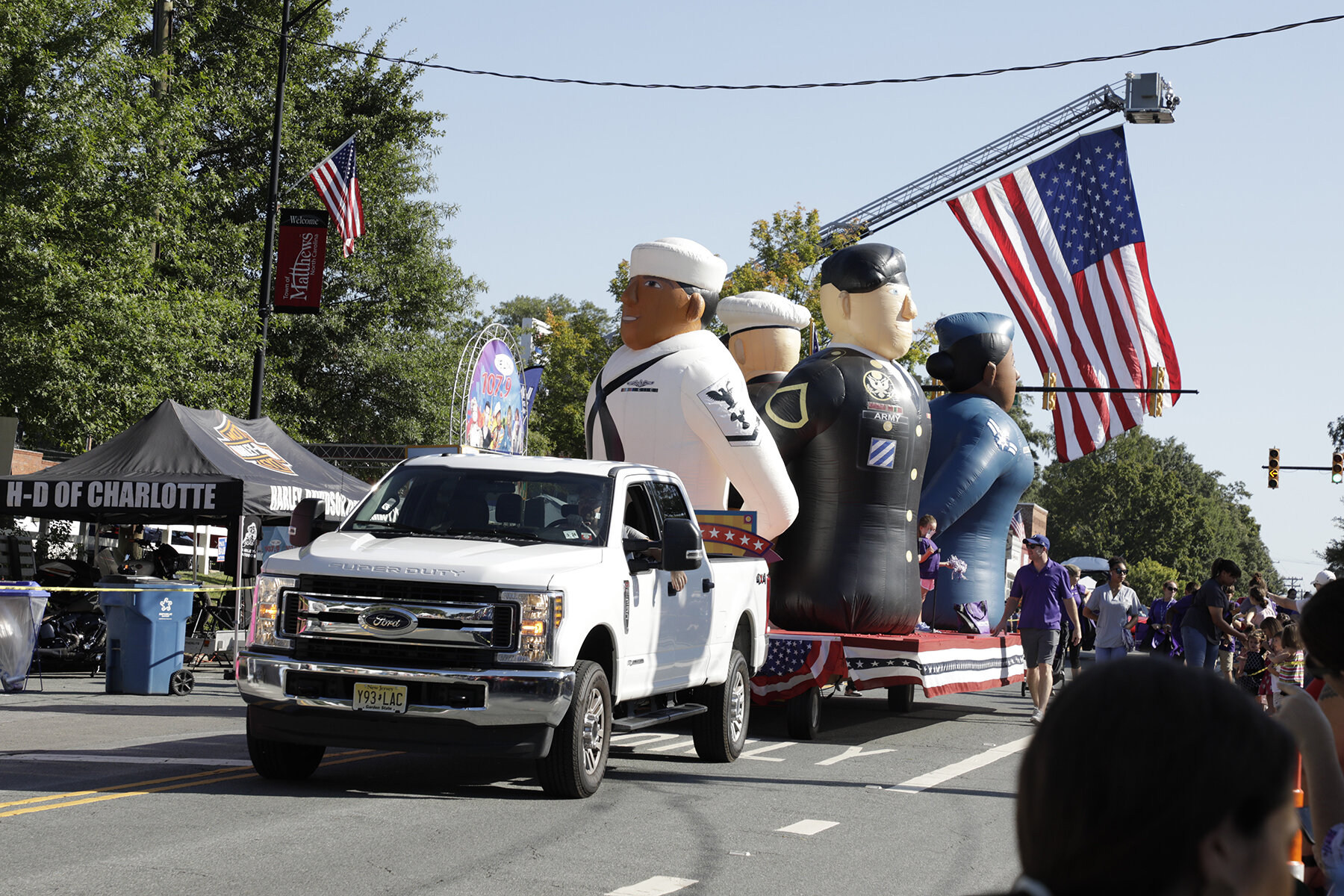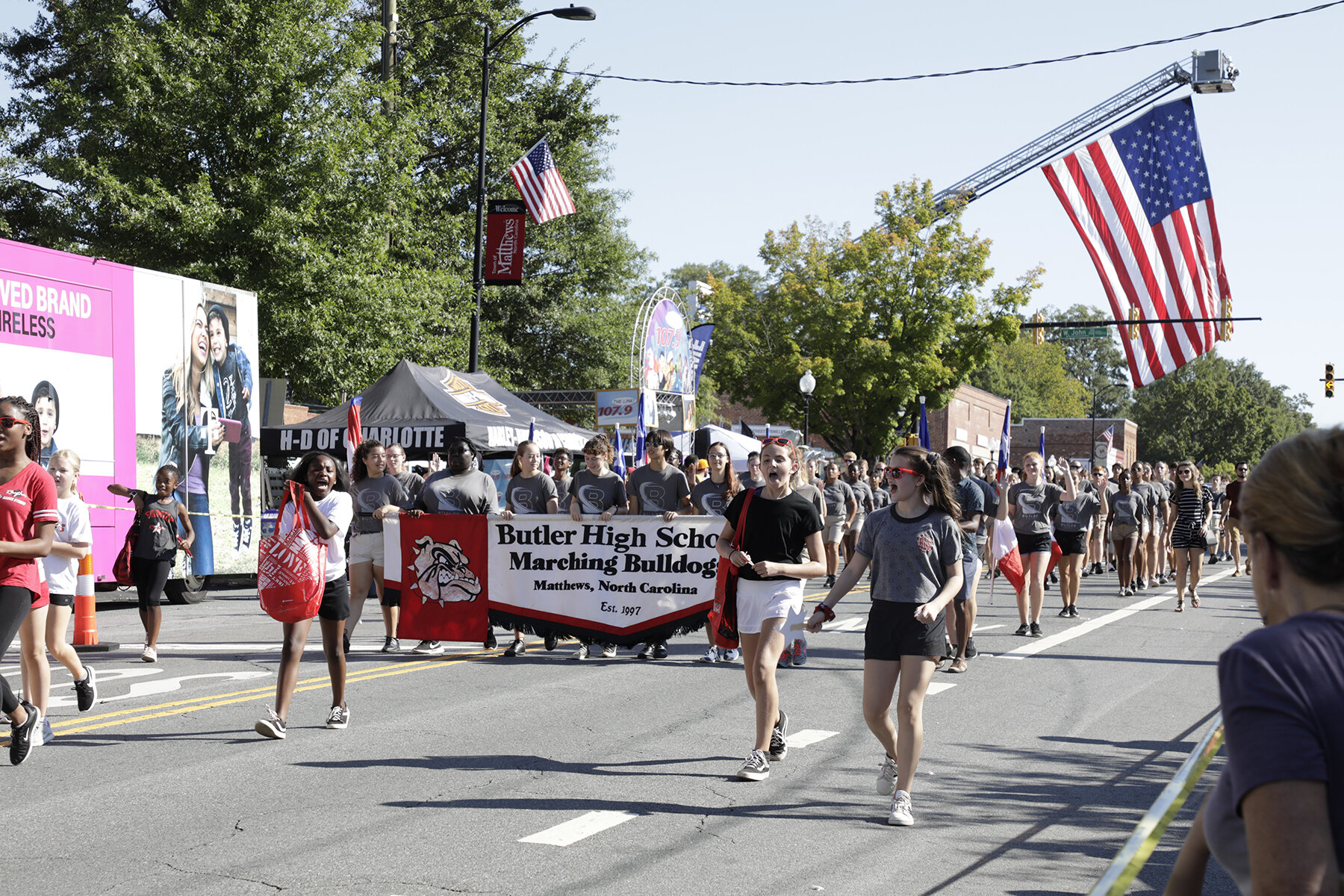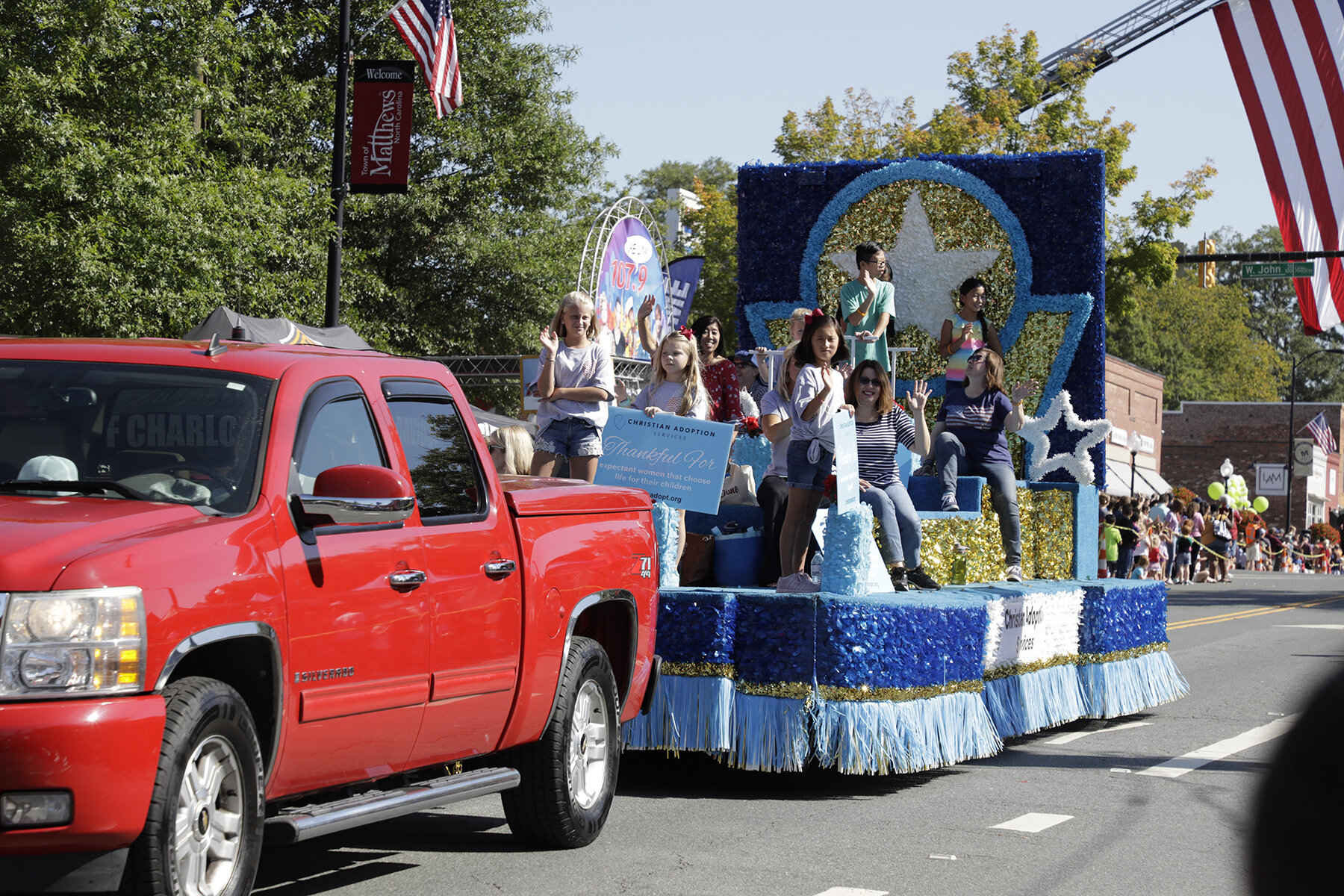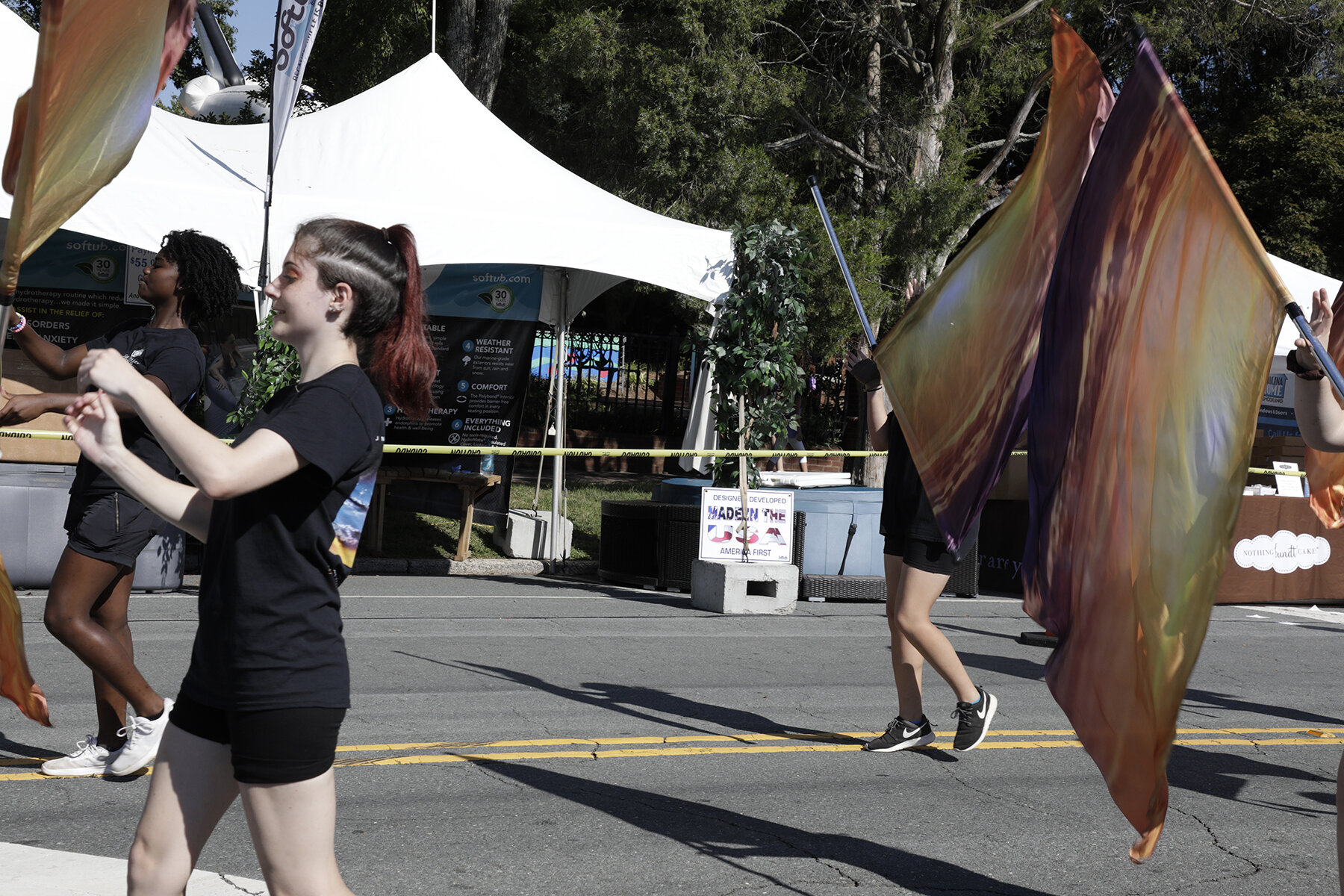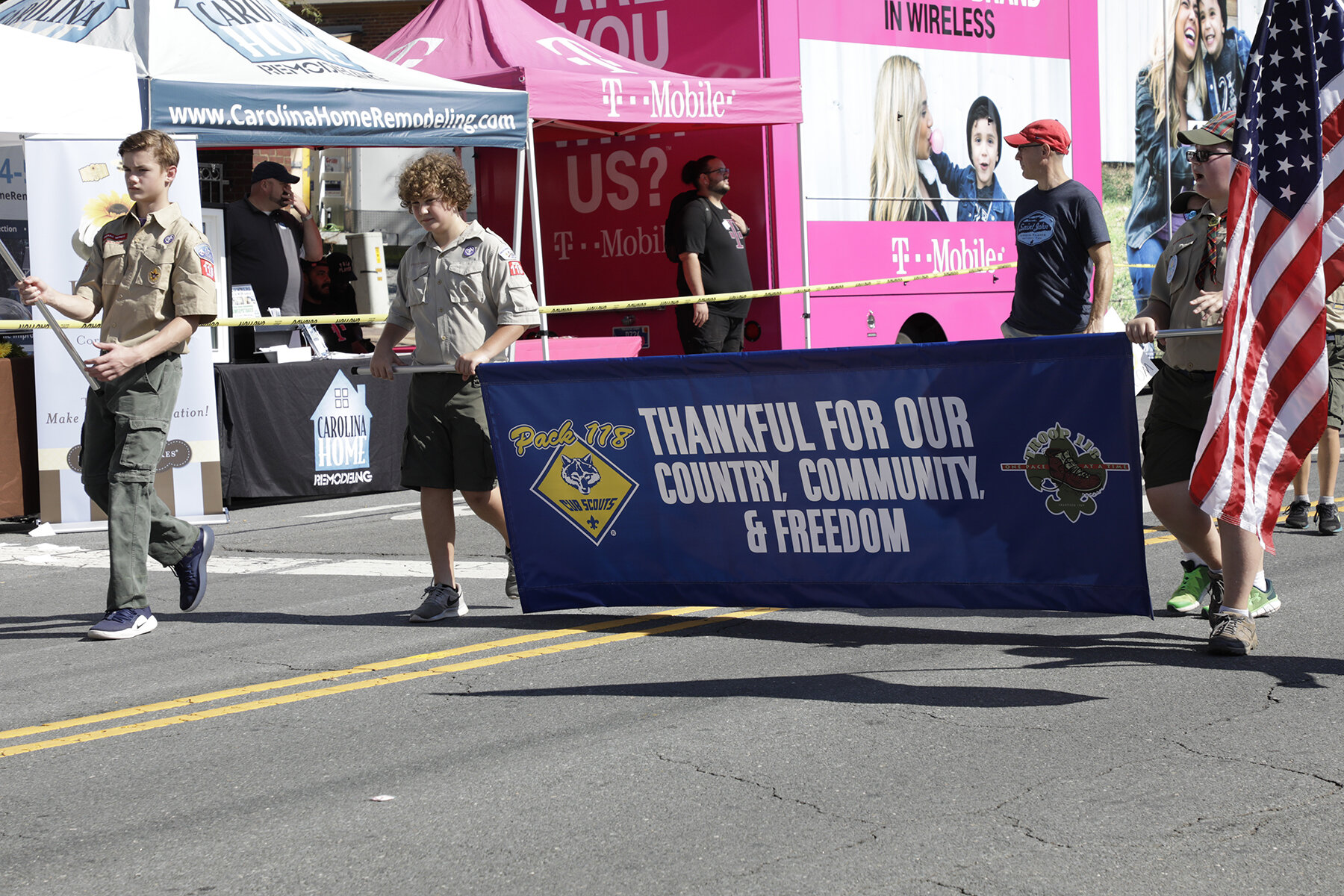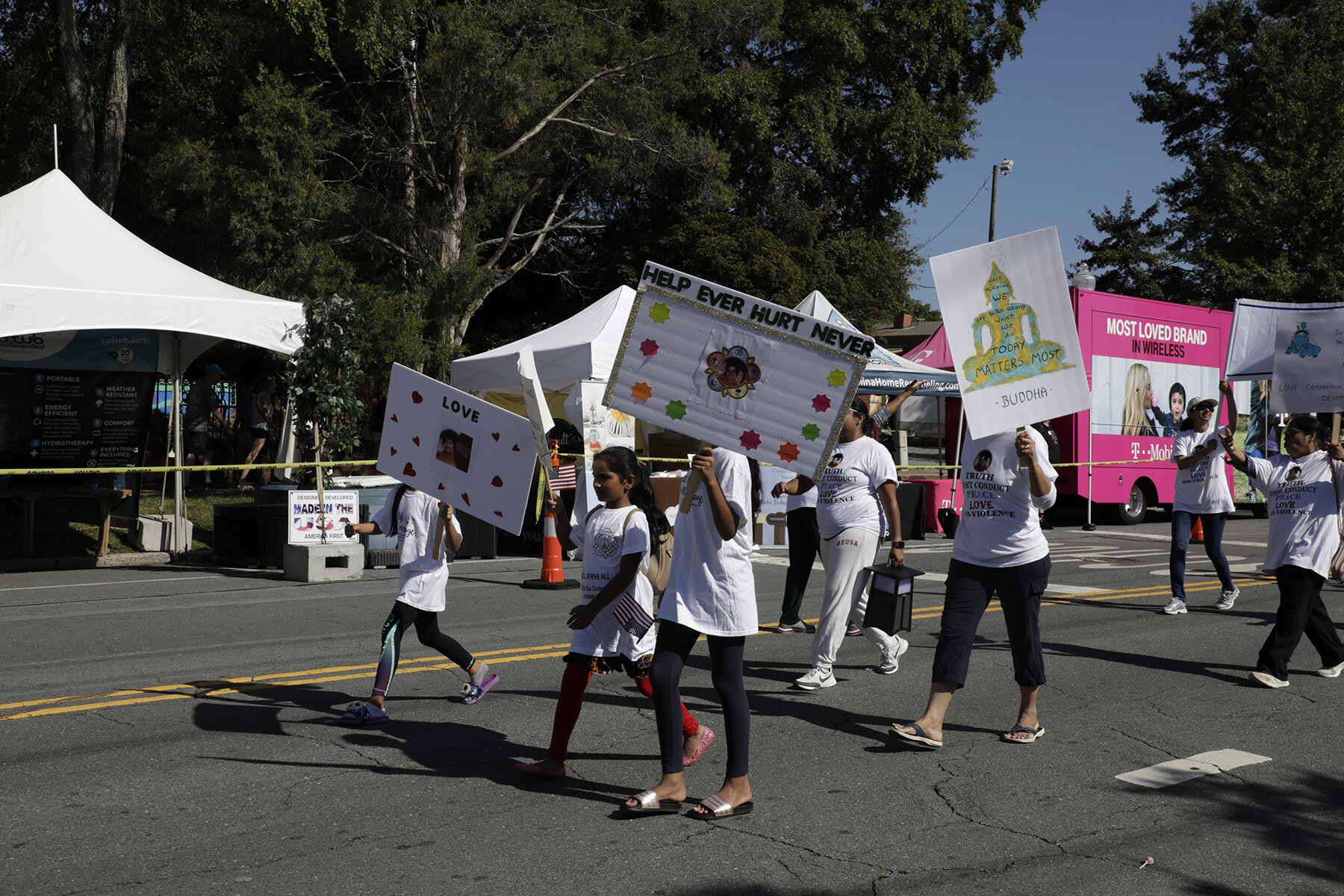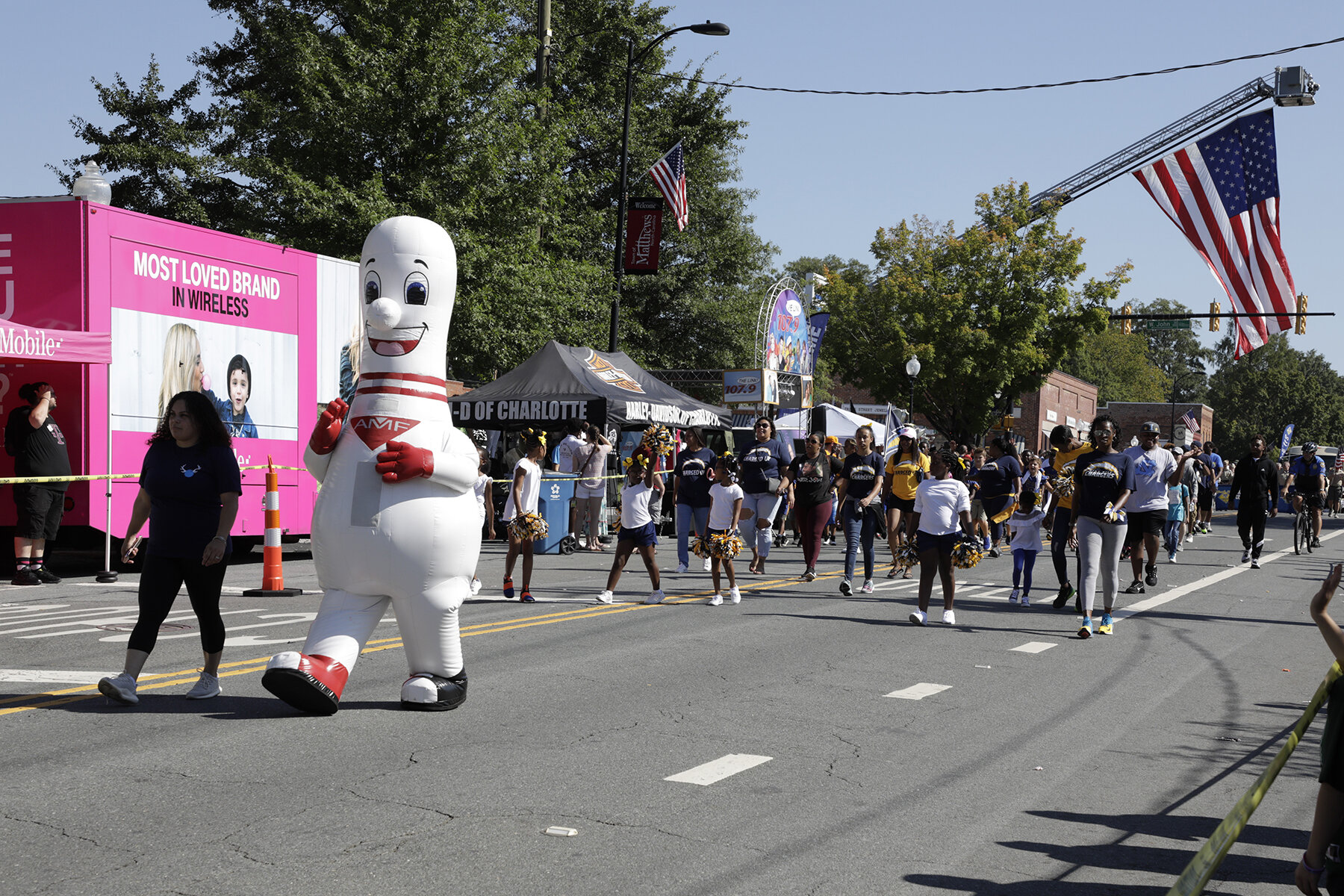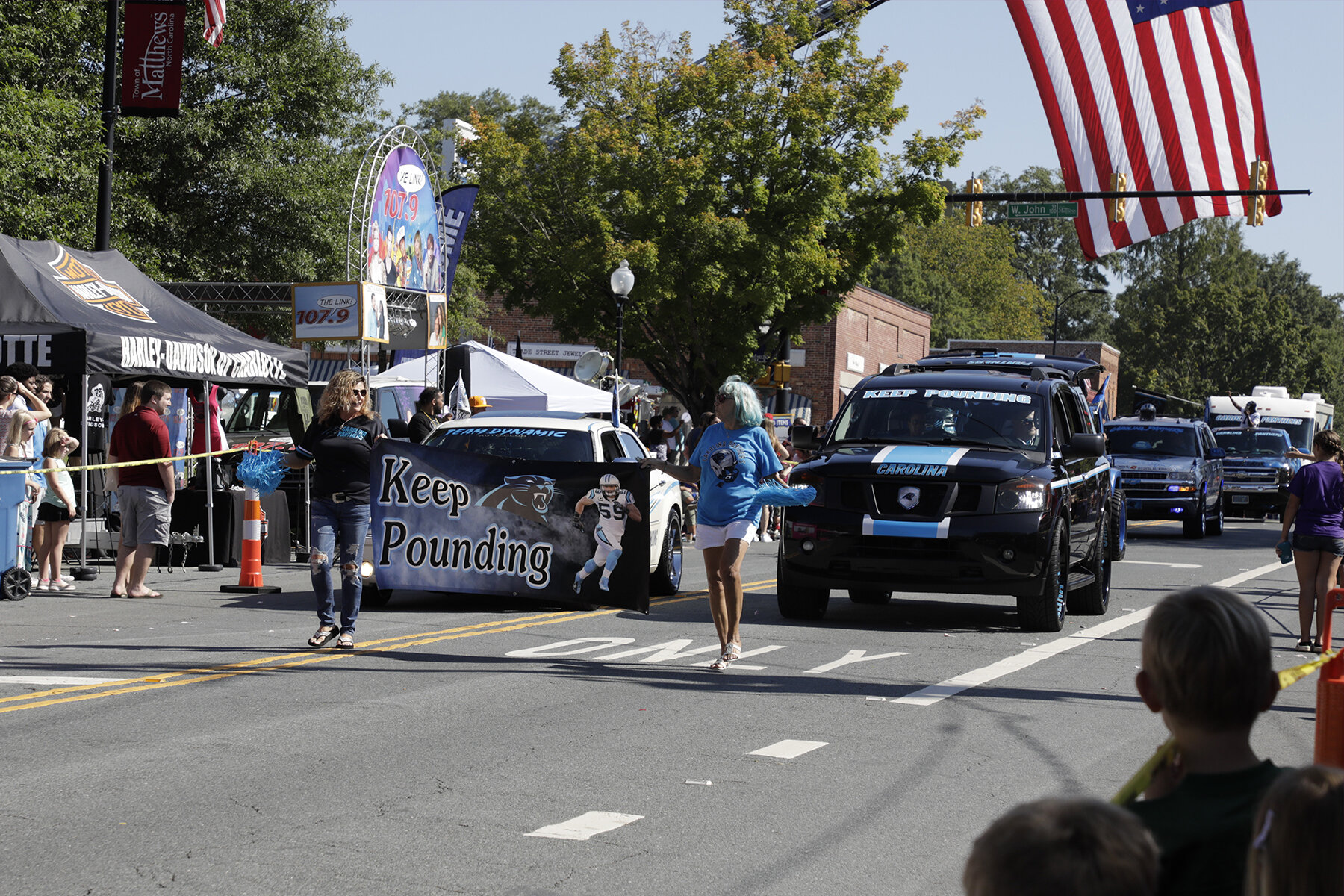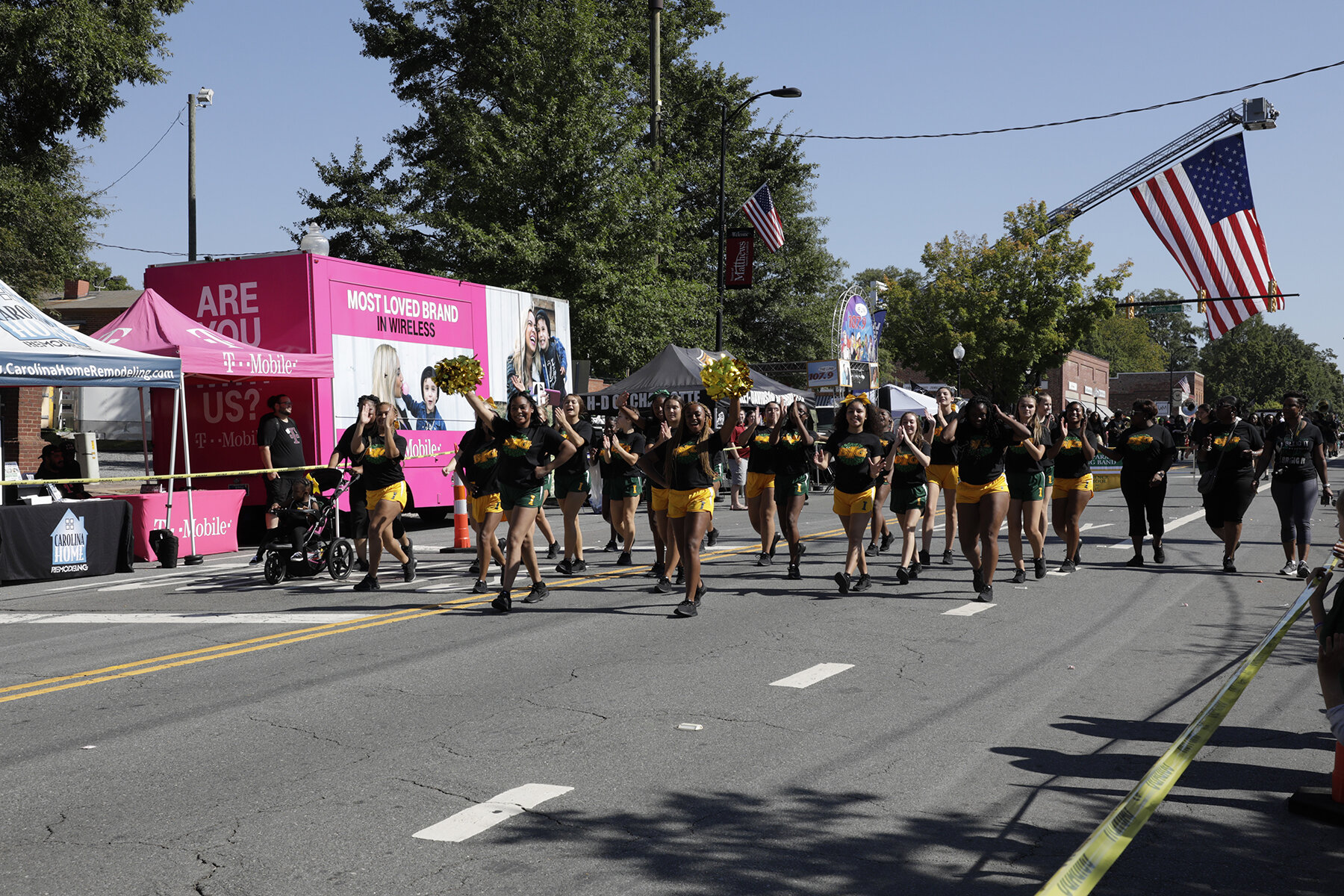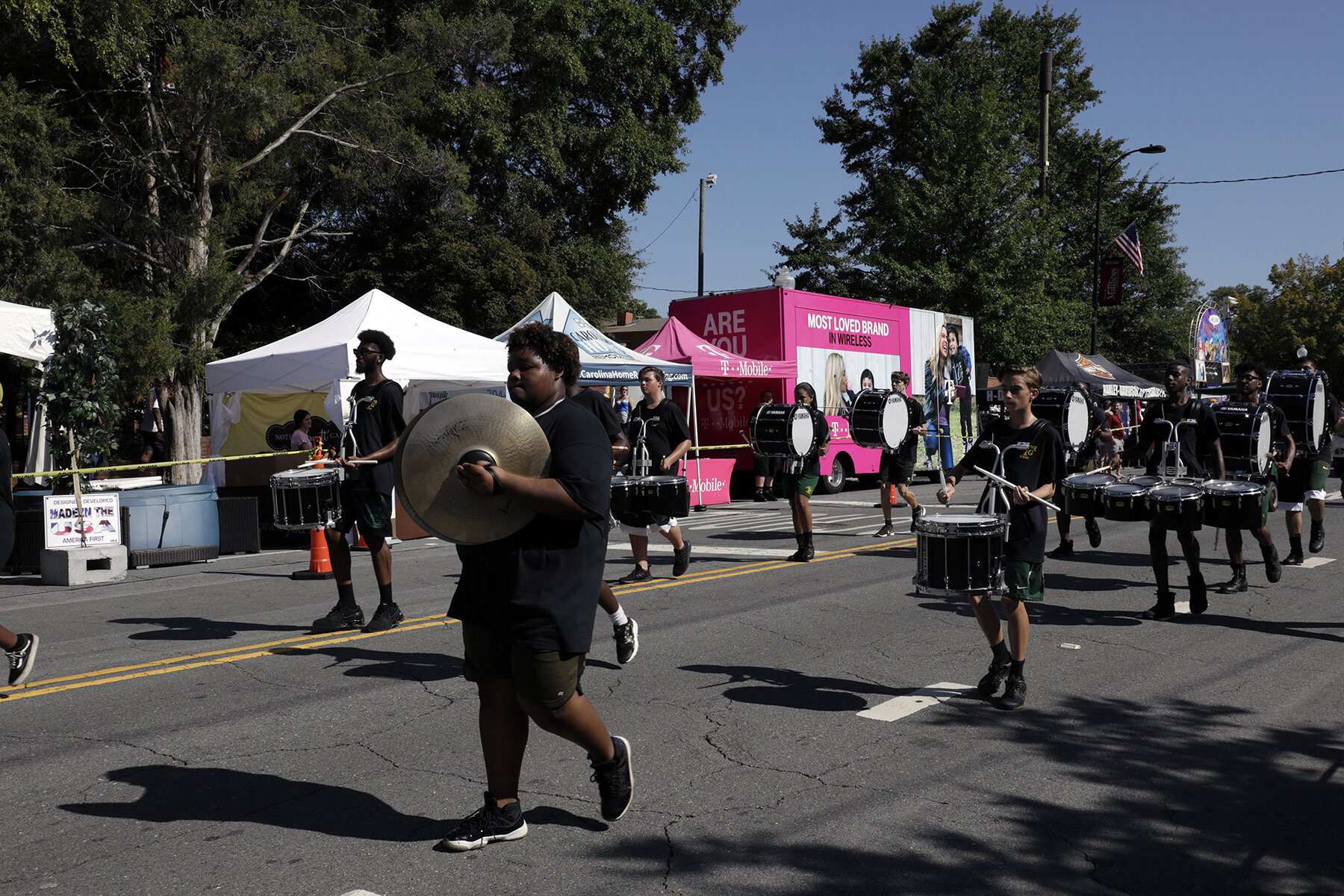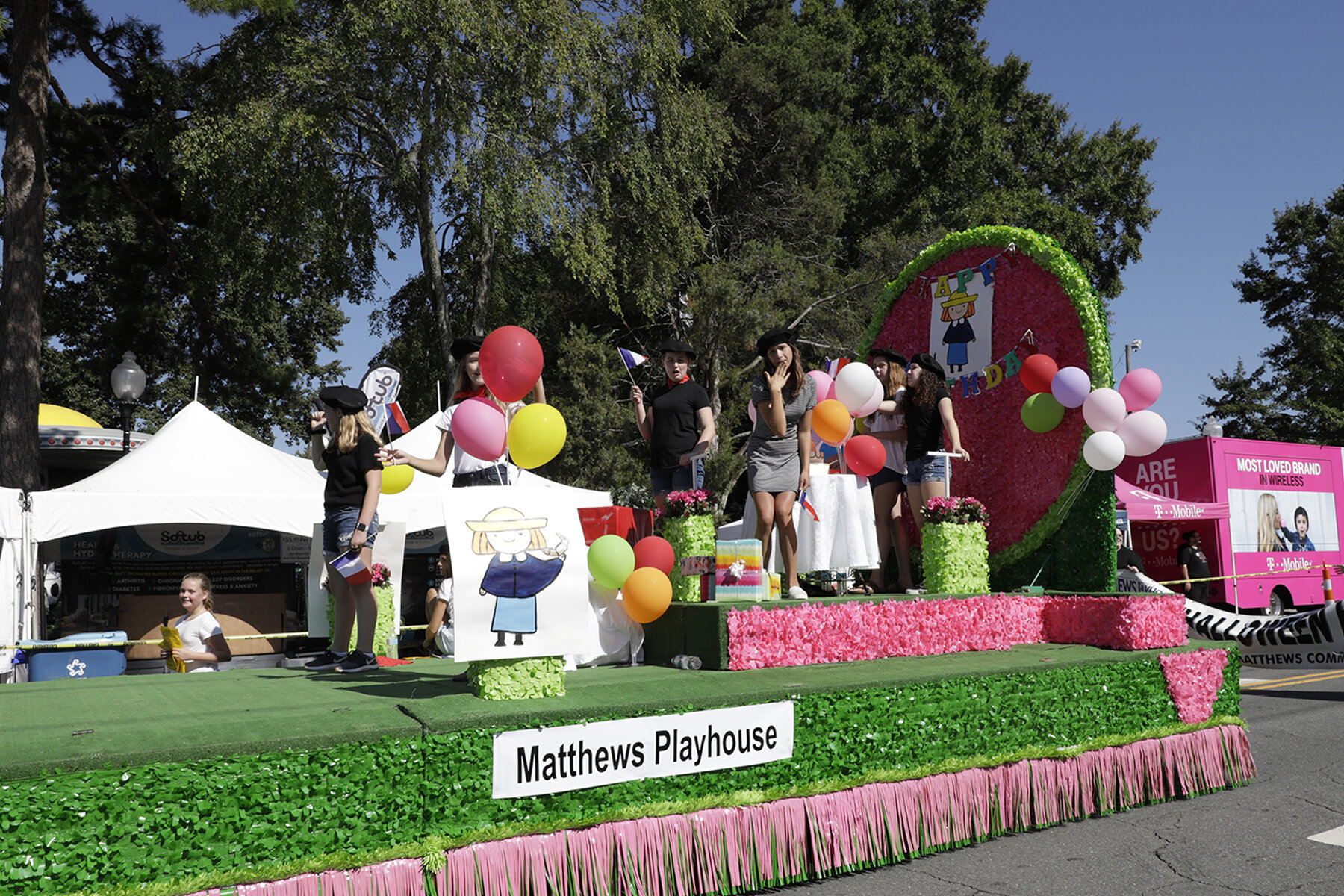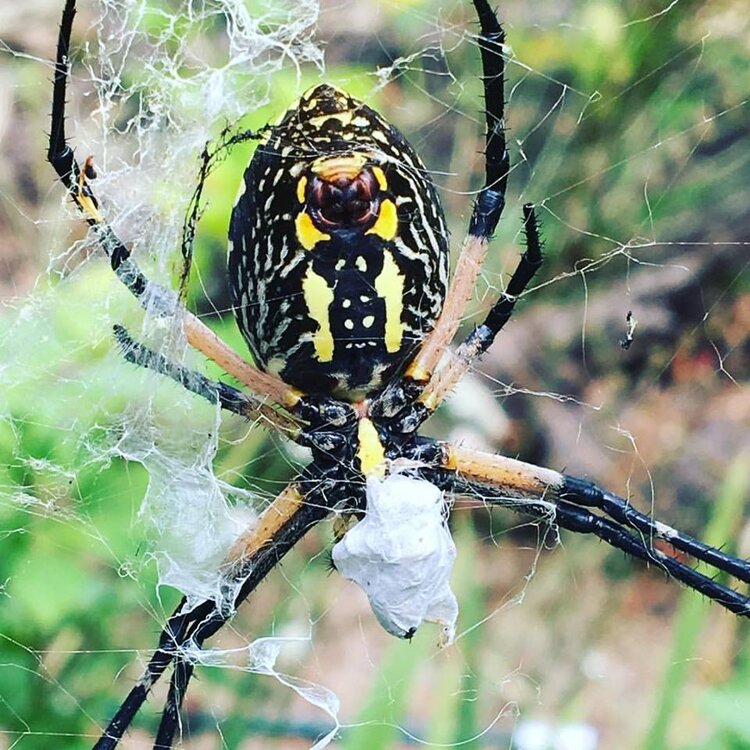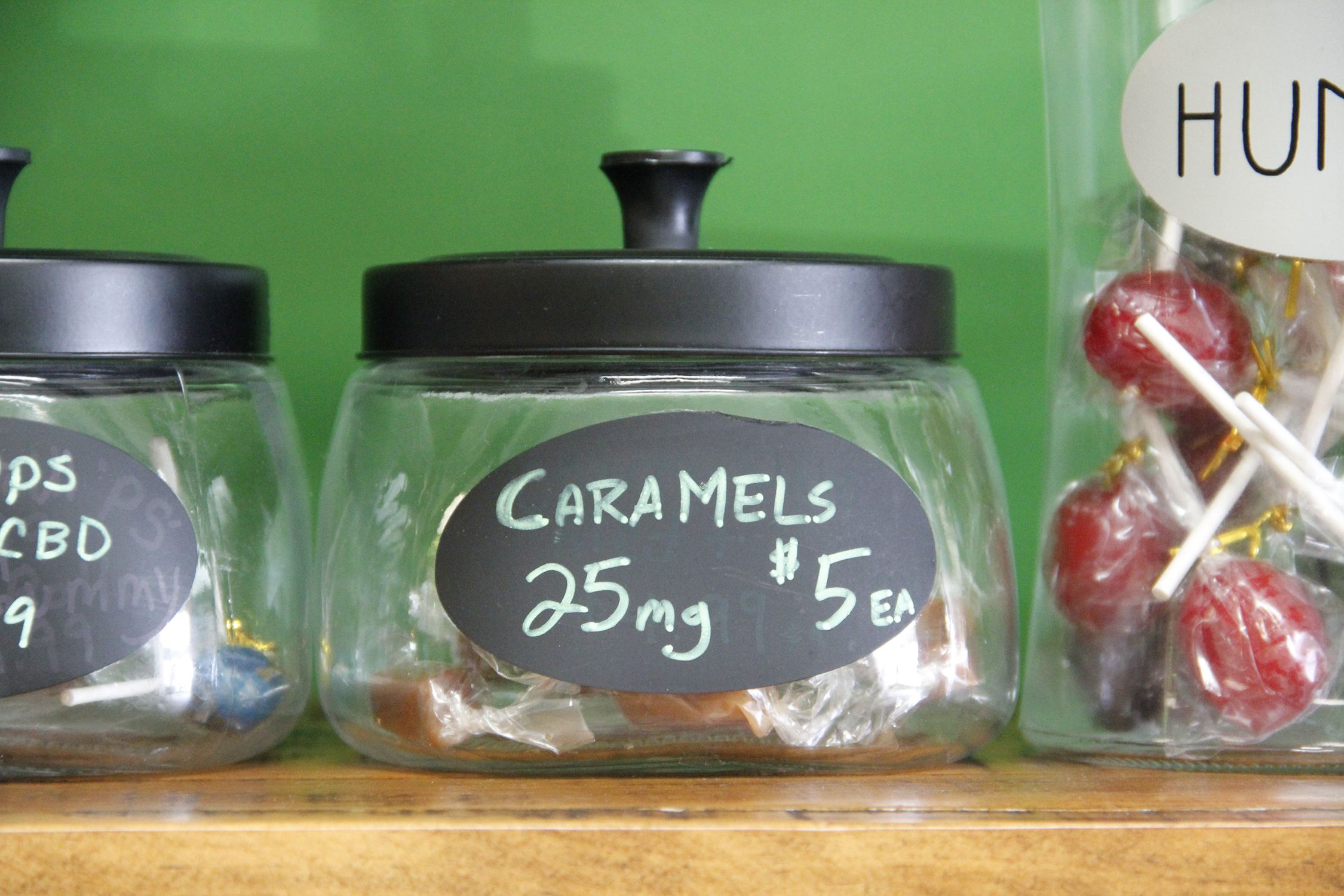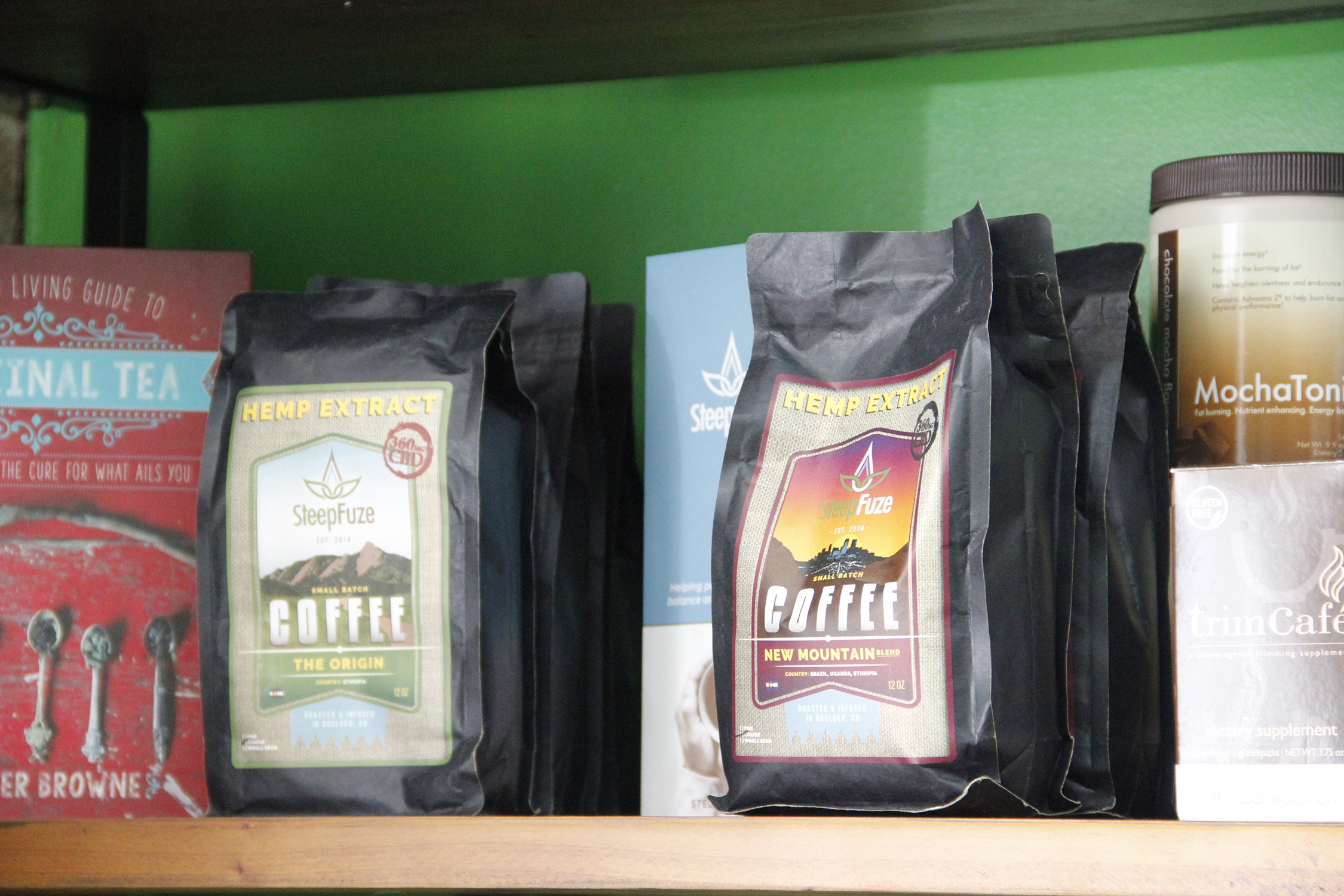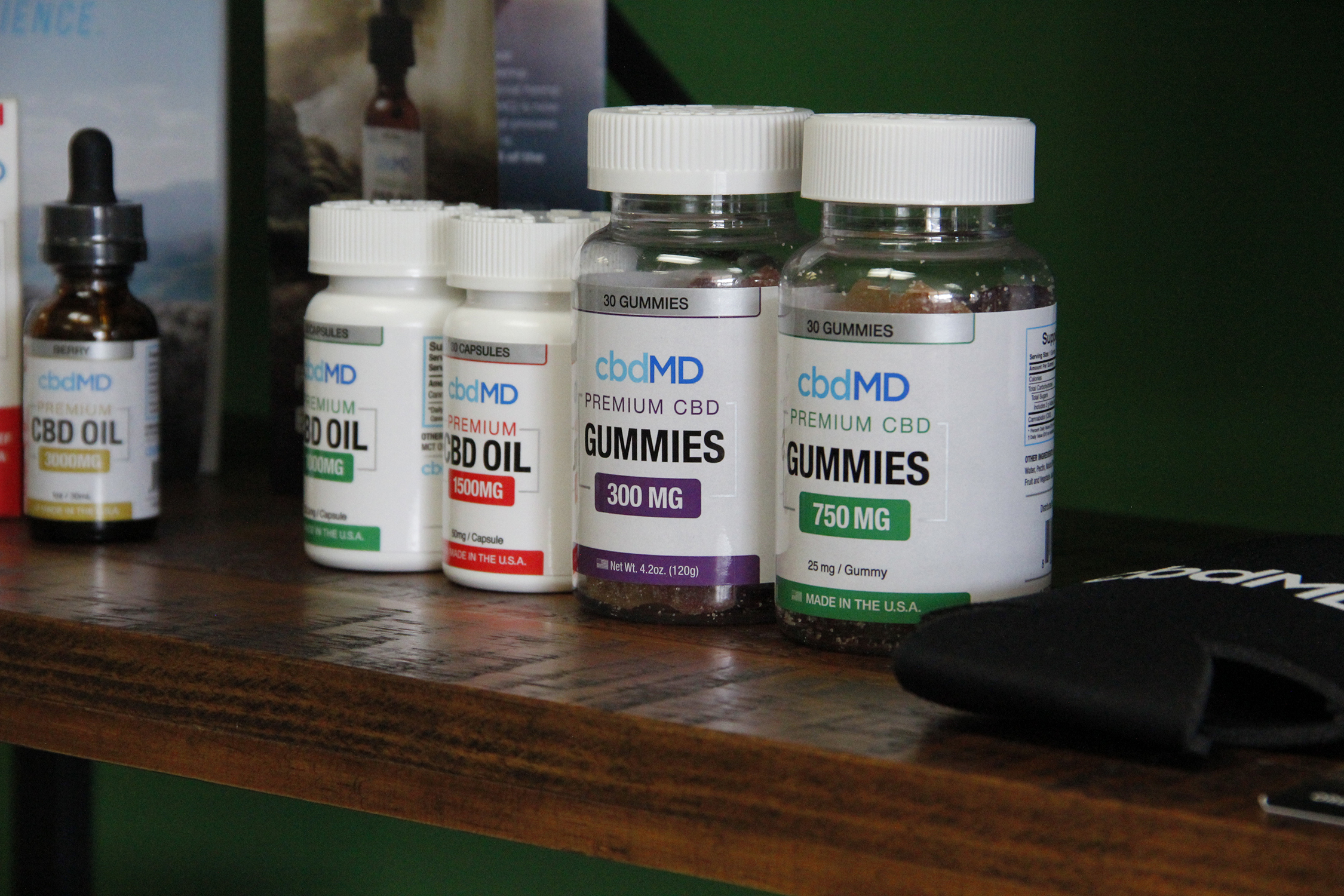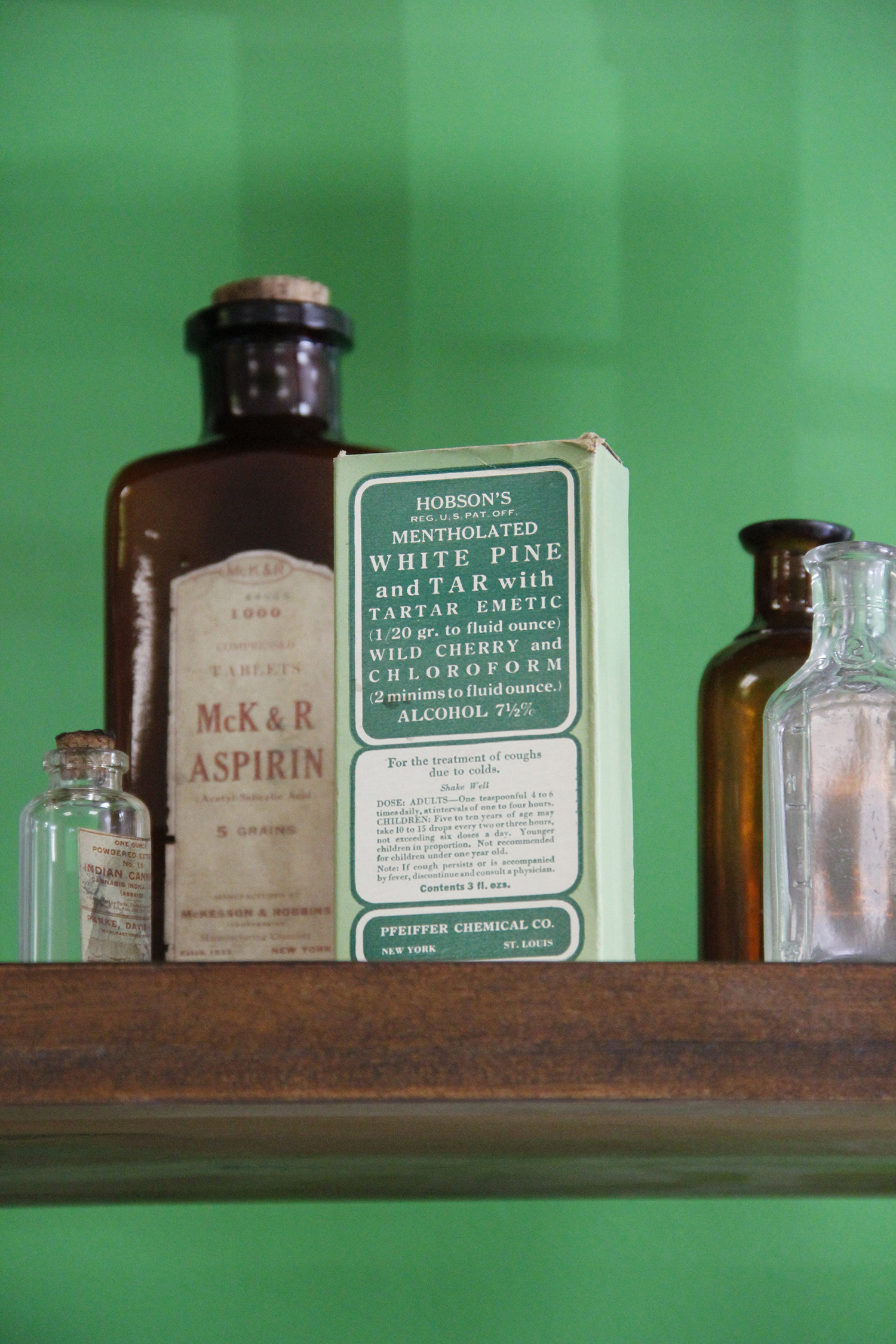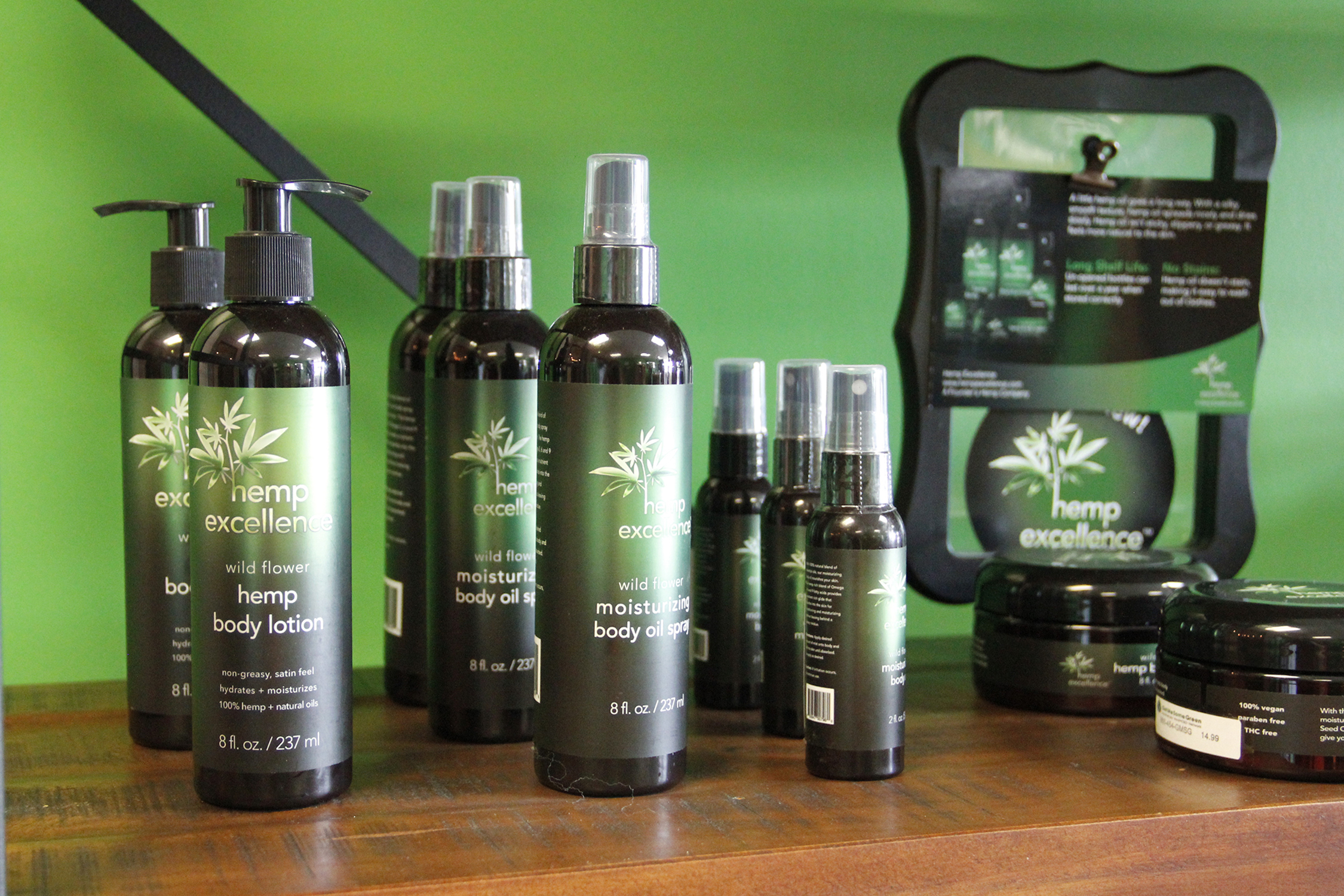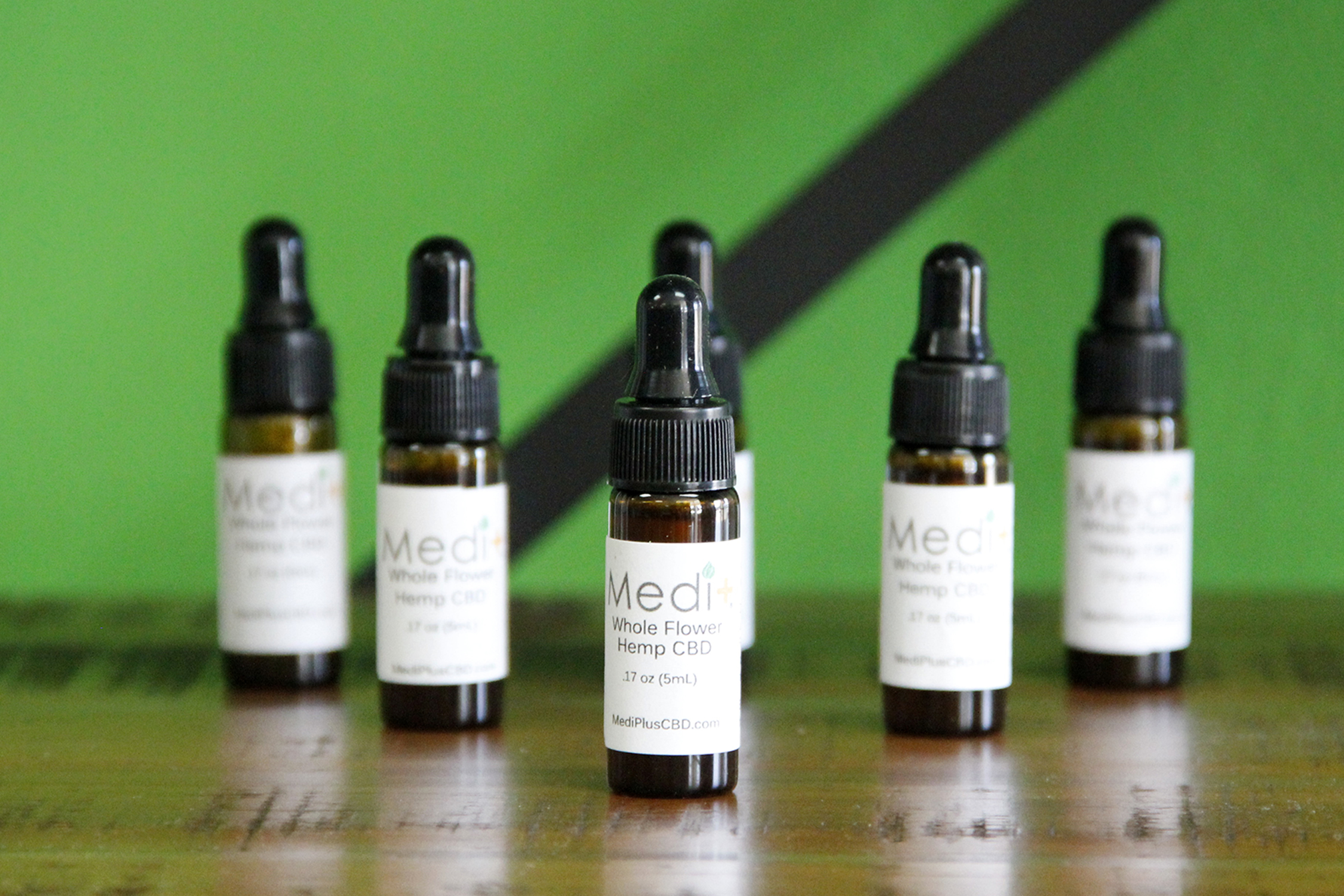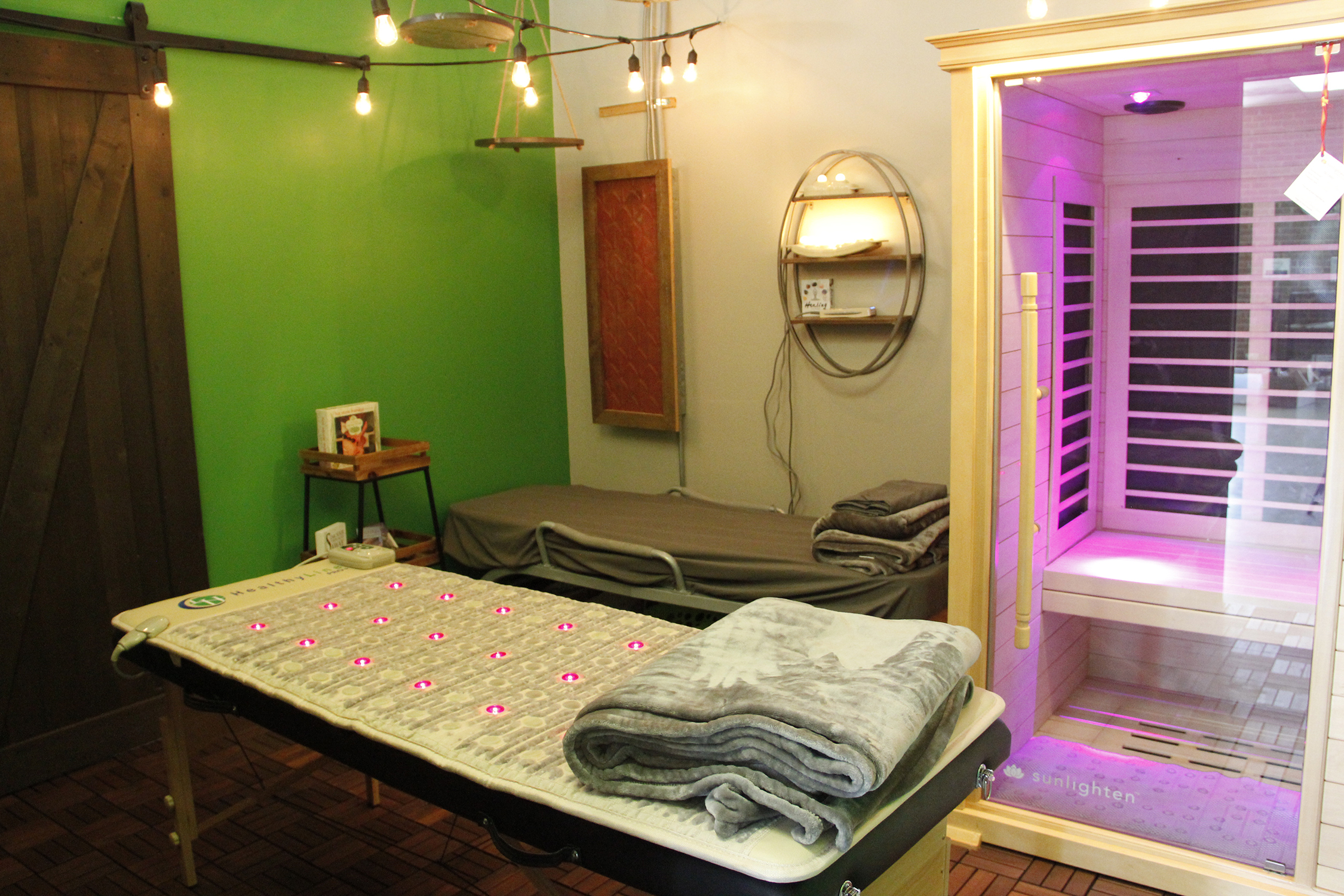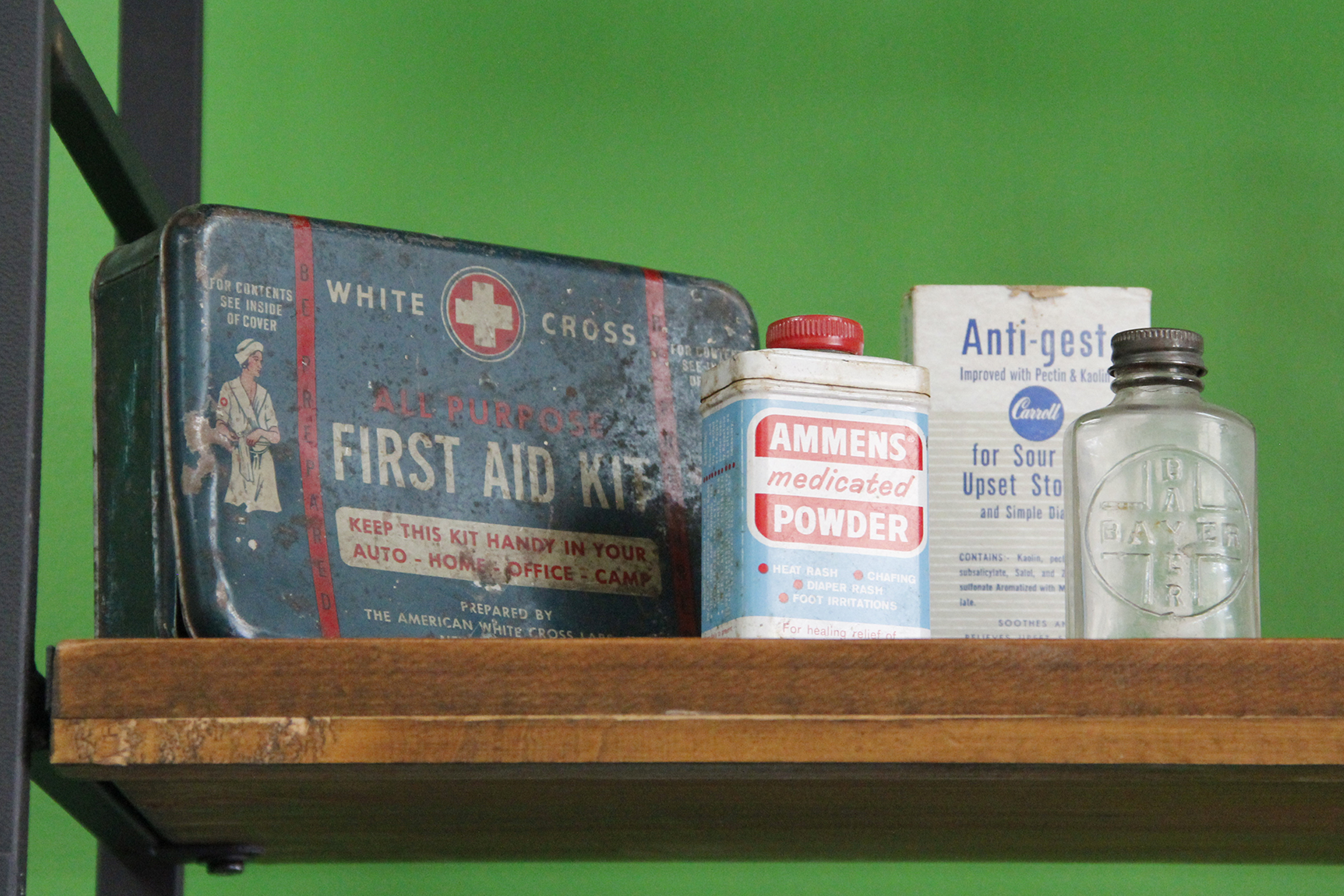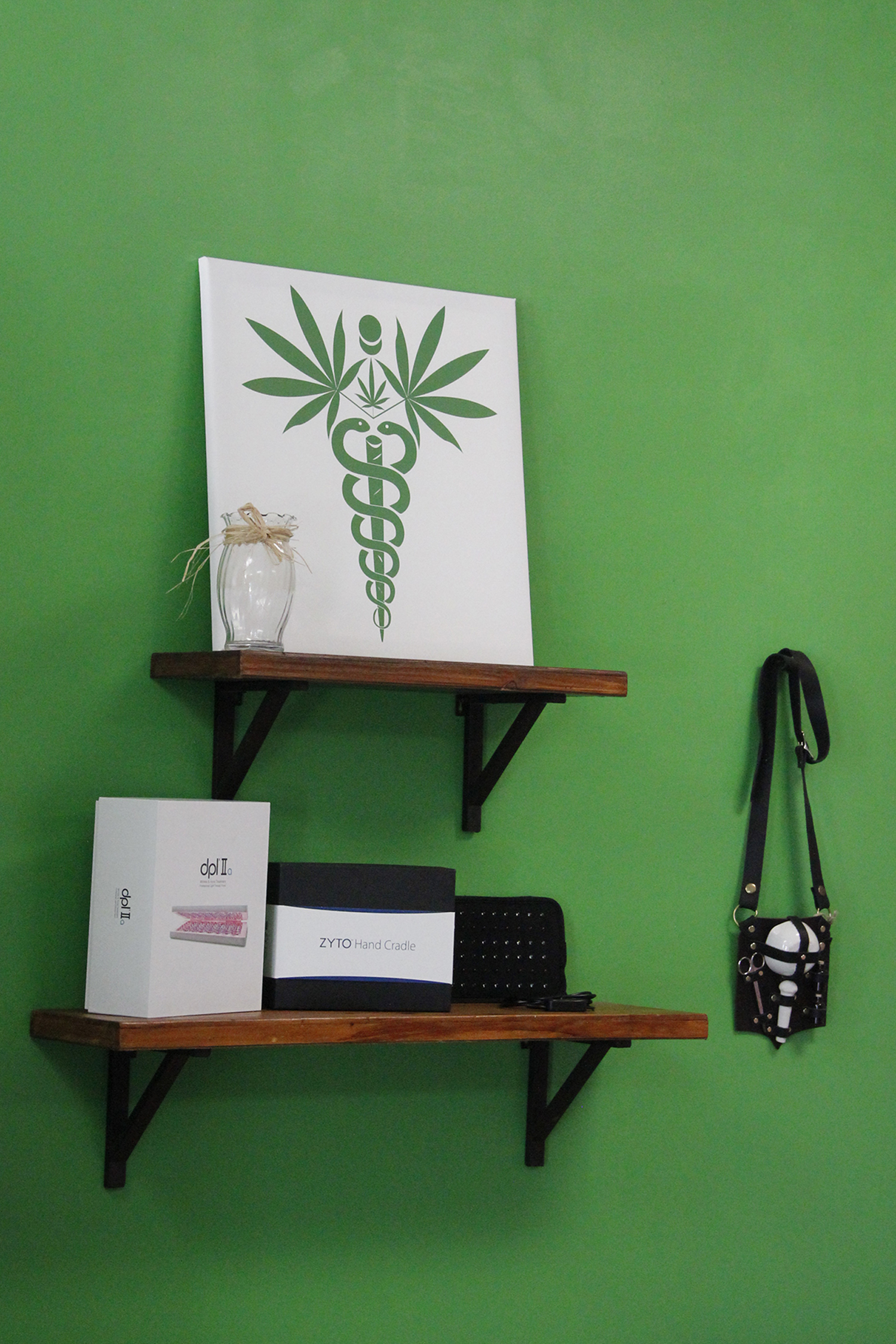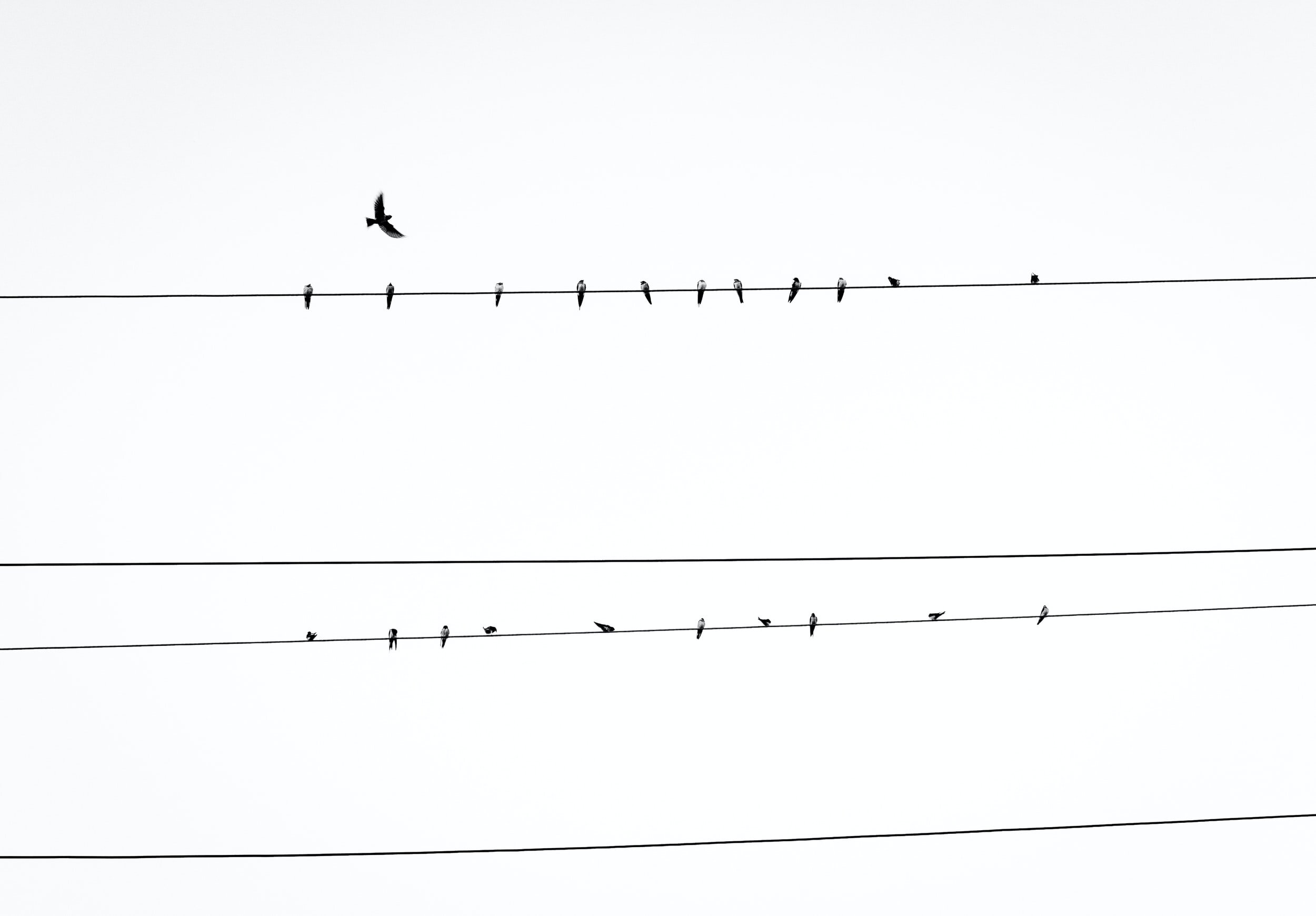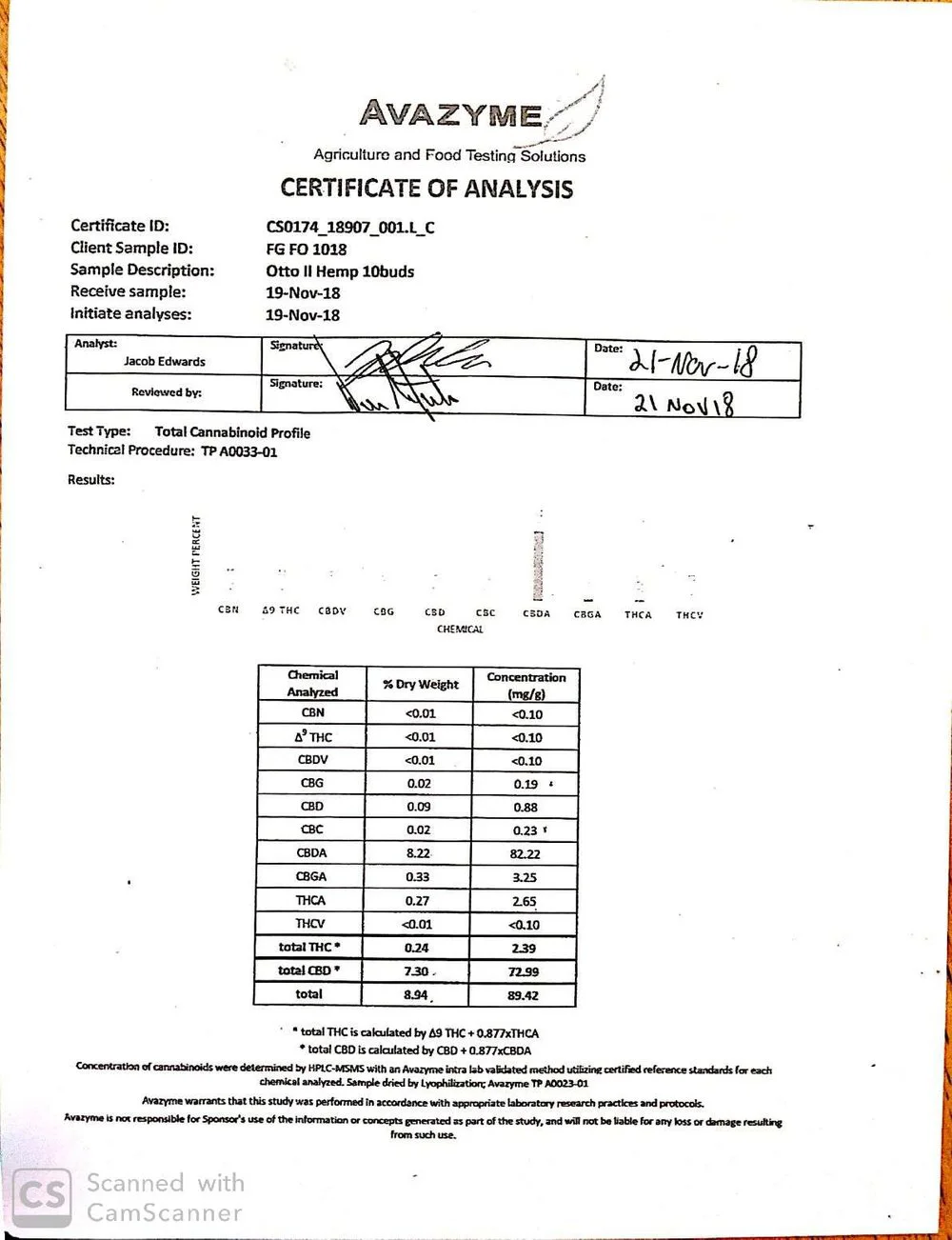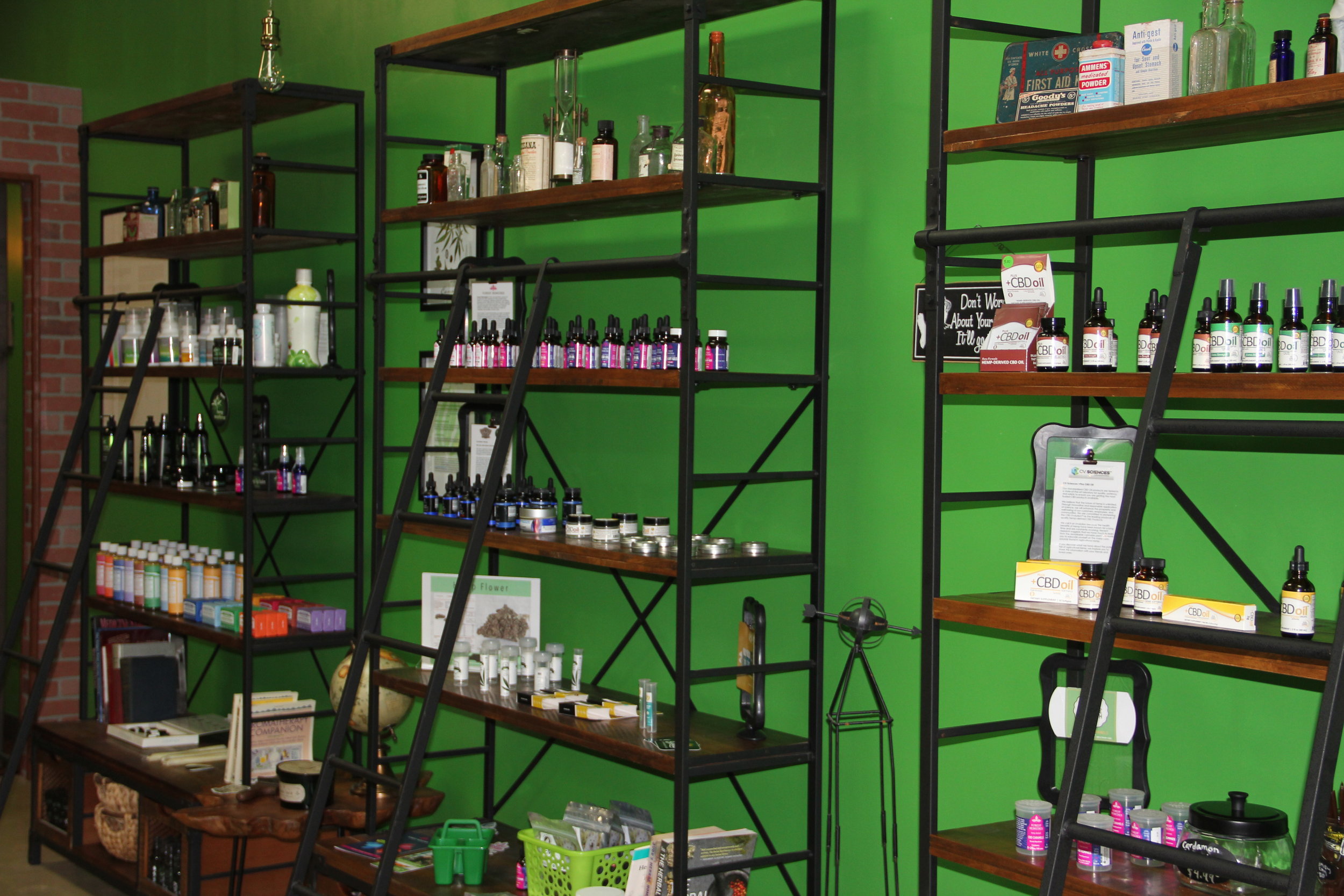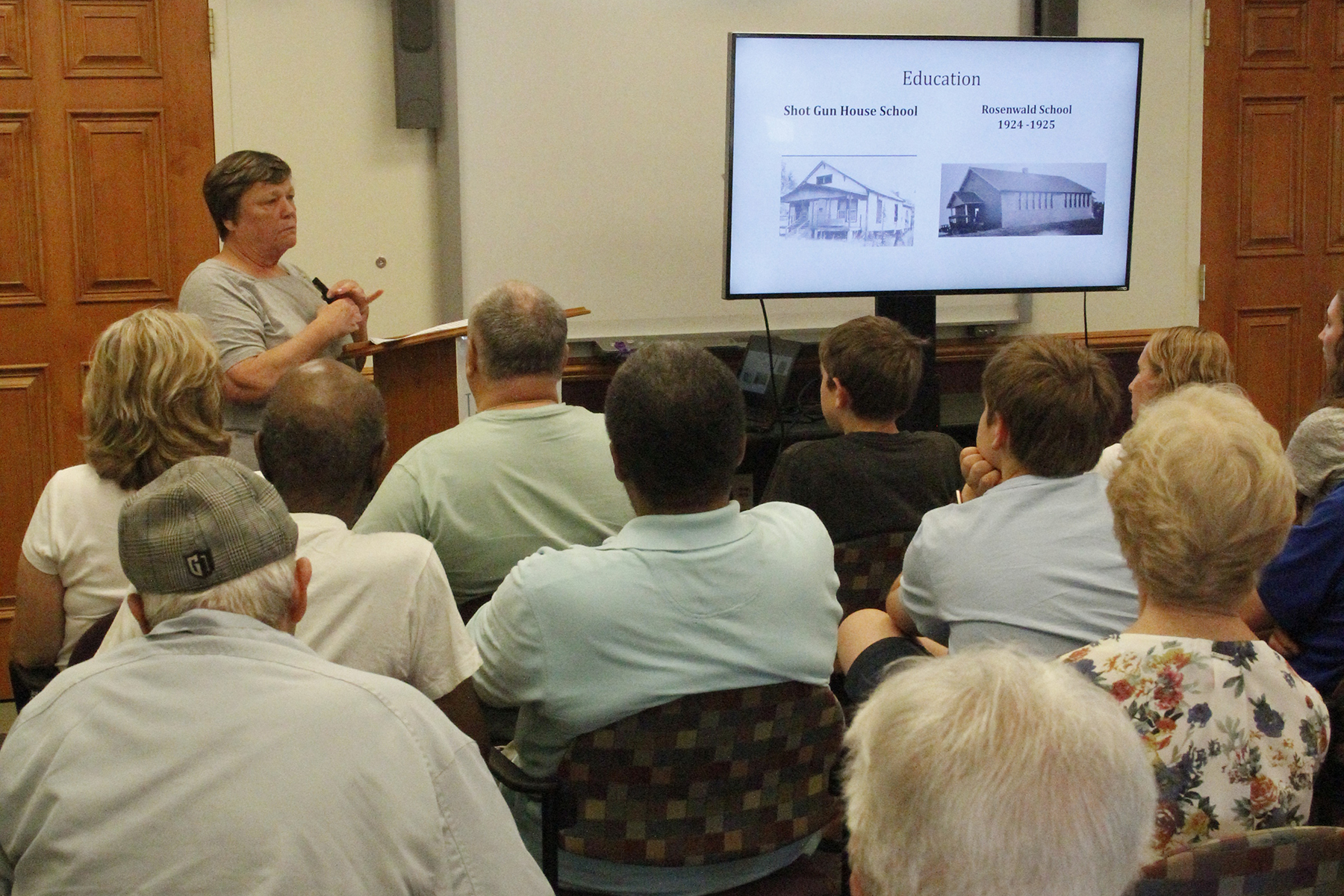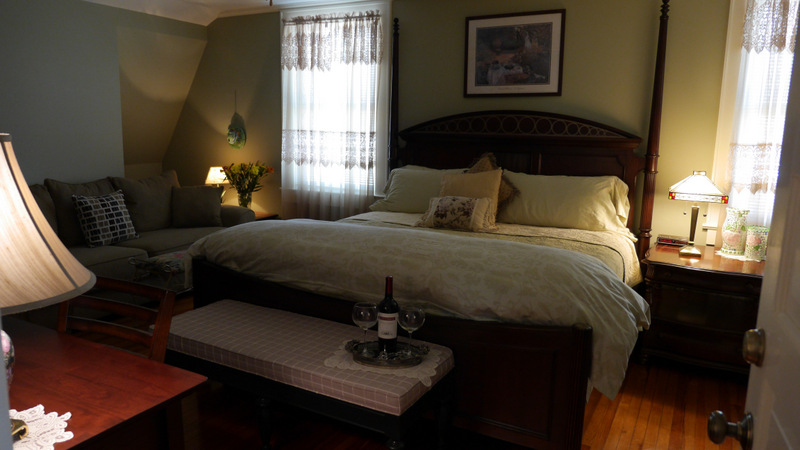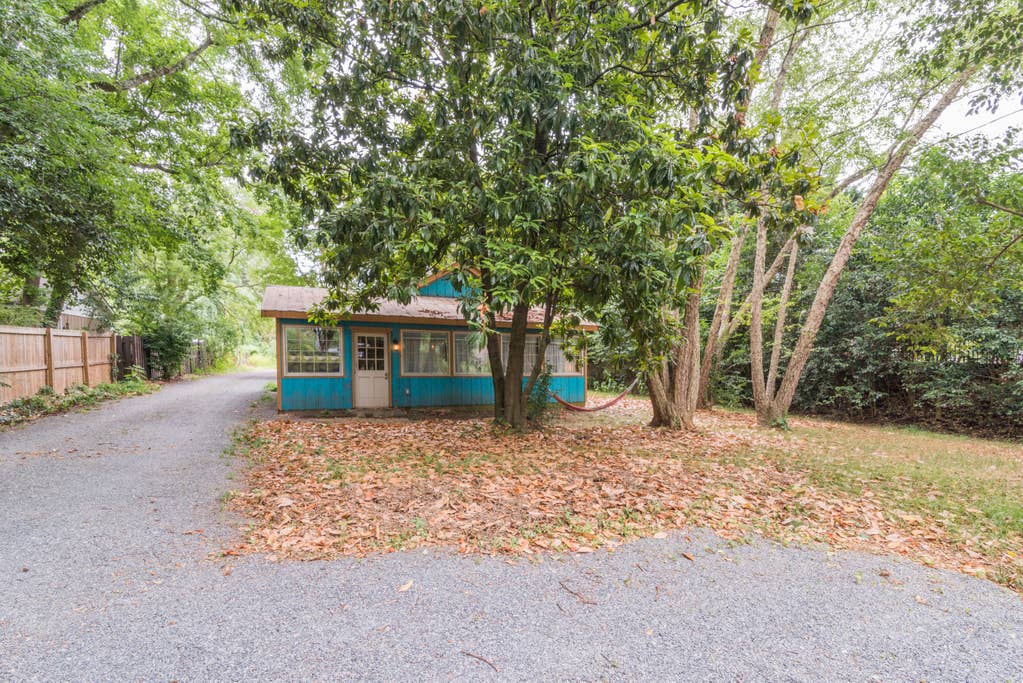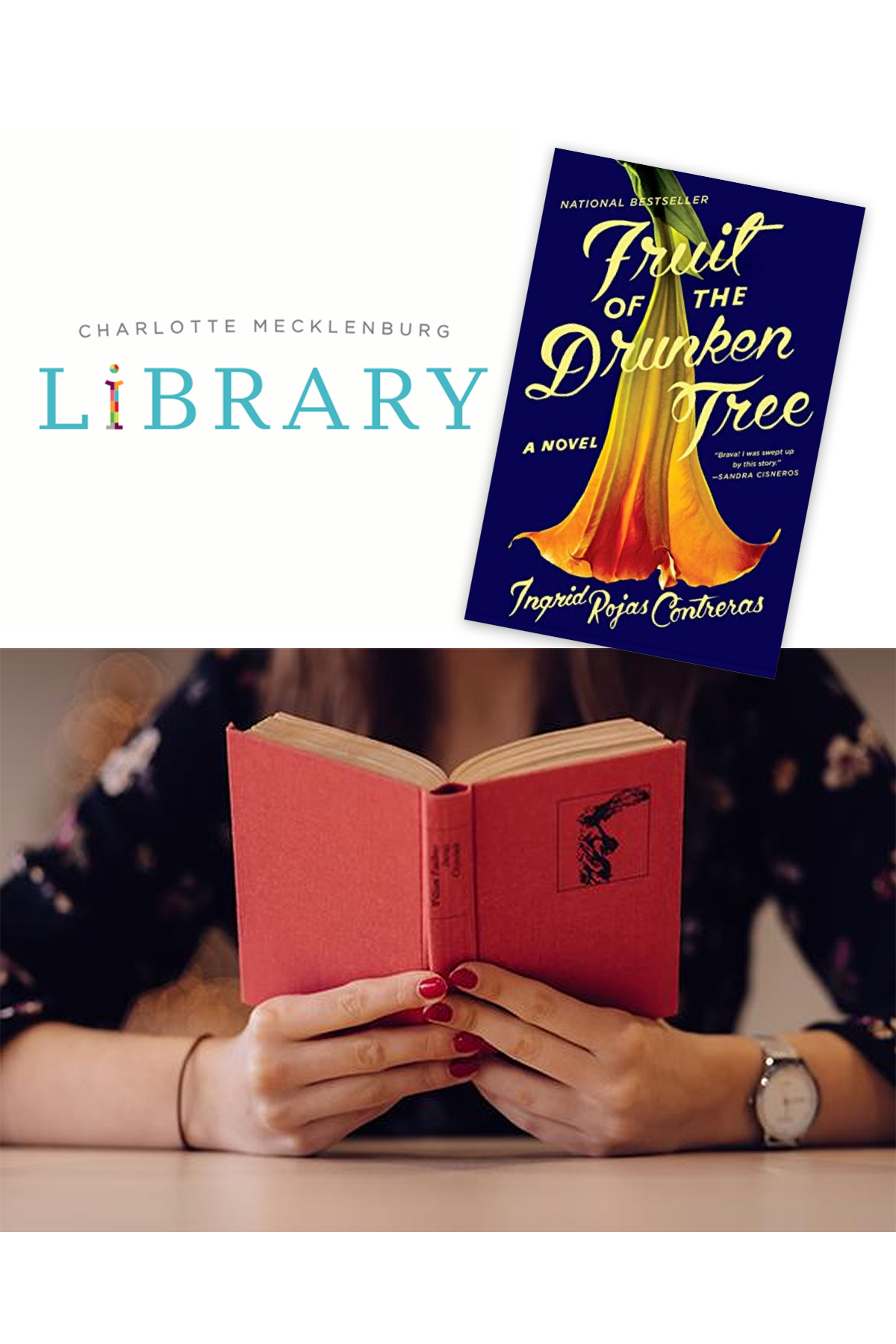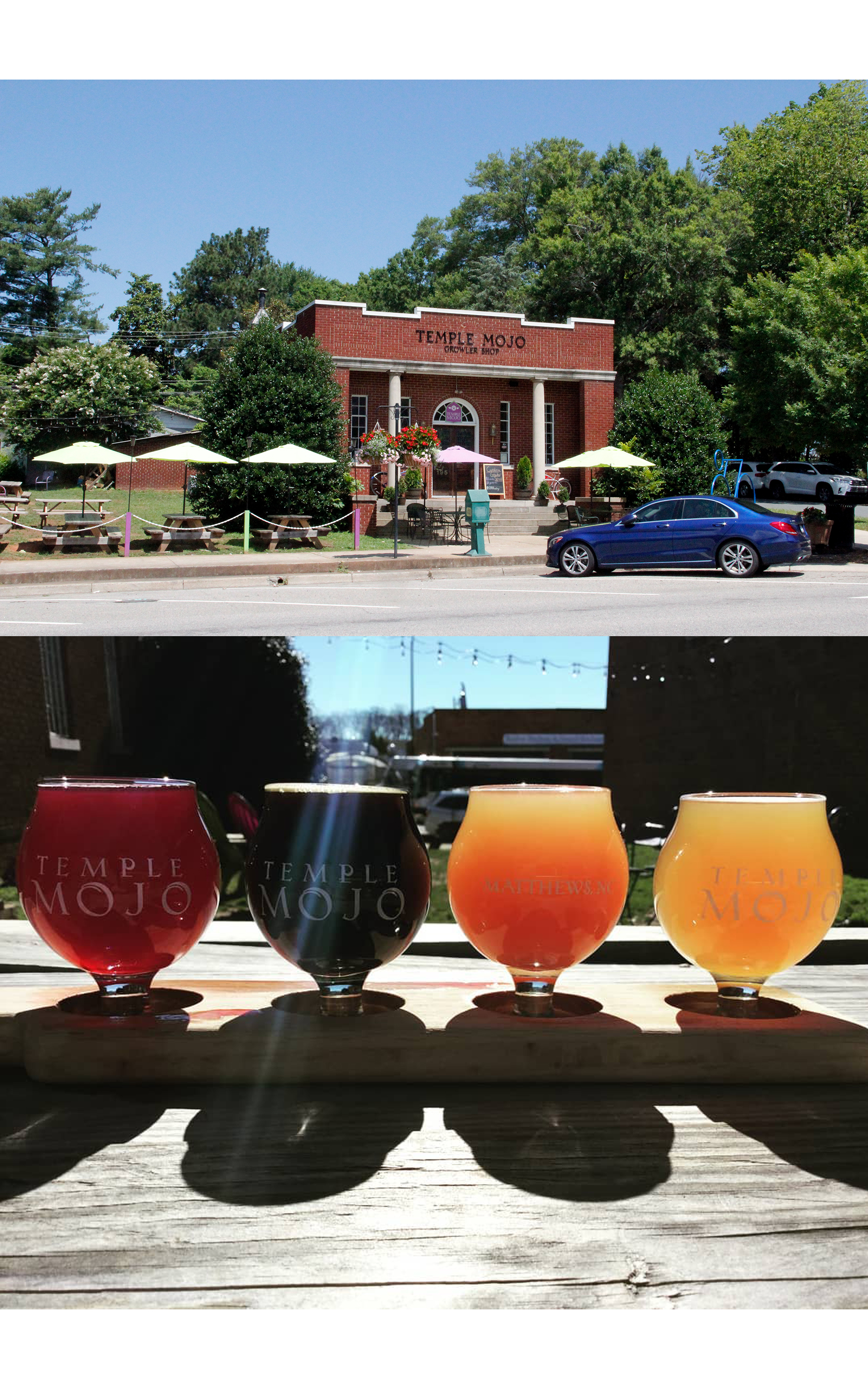So You Want to Talk About Race, by Ijeoma Oluo:
Ijeoma Oluo offers a hard-hitting but user-friendly examination of race in America Widespread reporting on aspects of white supremacy--from police brutality to the mass incarceration of African Americans--have made it impossible to ignore the issue of race.
Available from the library as a paper book, eBook, and audiobook.
Ibram X. Kendi:
In this deeply researched and fast-moving narrative, Kendi chronicles the entire story of anti-Black racist ideas and their staggering power over the course of American history.
Available from the library in paper, as an eBook, and as an audiobook.
The New Jim Crow by Michelle Alexander: Published in 2010, this is
a stunning account of the rebirth of a caste-like system in the United States, one that has resulted in millions of African Americans locked behind bars and then relegated to a permanent second-class status—denied the very rights supposedly won in the Civil Rights Movement.
Available from the library in paper, as an eBook, and as an audiobook.
Me and White Supremacy by Layla Saad: The author l
eads readers through a journey of understanding their white privilege and participation in white supremacy, so that they can stop (often unconsciously) inflicting damage on black, indigenous and people of color, and in turn, help other white people do better, too. The book goes beyond the original workbook by adding more historical and cultural contexts, sharing moving stories and anecdotes, and includes expanded definitions, examples, and further resources.
Available from the library as a paper book, eBook, and audiobook.
Just Mercy by Bryan Stevenson:
The founder of the Equal Justice Initiative in Montgomery, Alabama recounts his experiences as a lawyer working to assist those desperately in need, reflecting on his pursuit of the ideal of compassion in American justice.
Available from the library in paper, as an eBook, and as an audiobook.
Bonus!
Want to read and process what you’ve learned in a group? The Charlotte Mecklenburg library offers Book Club Kits for current New York Times’ Bestsellers The Color of Law, Just Mercy, and The New Jim Crow, to help you begin your own book discussion with friends, families, or even strangers. Each kit includes 10 copies of a book, biographical notes on the author, and sample discussion questions, and tips on how to host a successful book club. Learn more and see what book club kits are available by visiting the Charlotte Mecklenburg Library website. (Thanks Kristen Fuller for the tip!)








